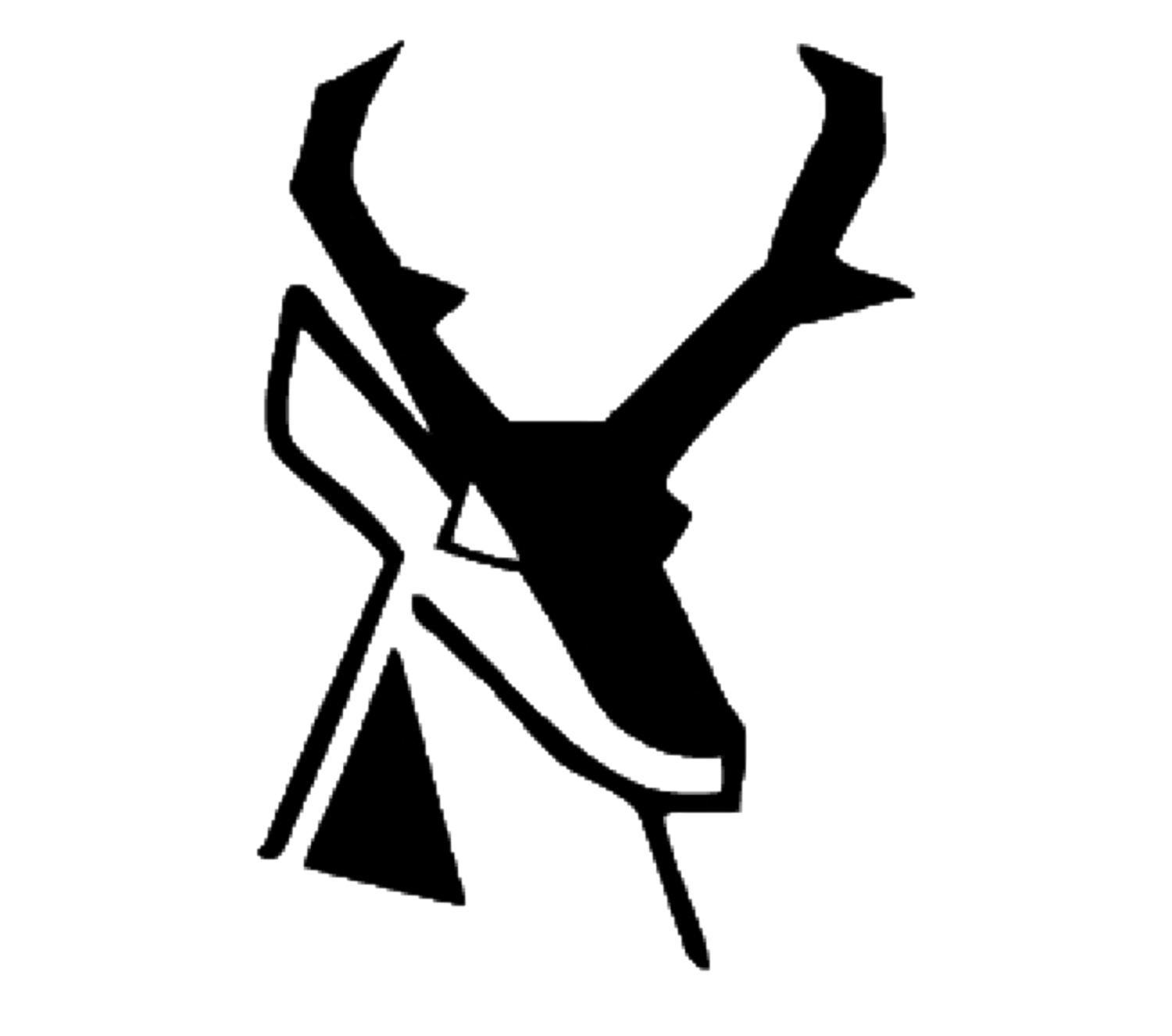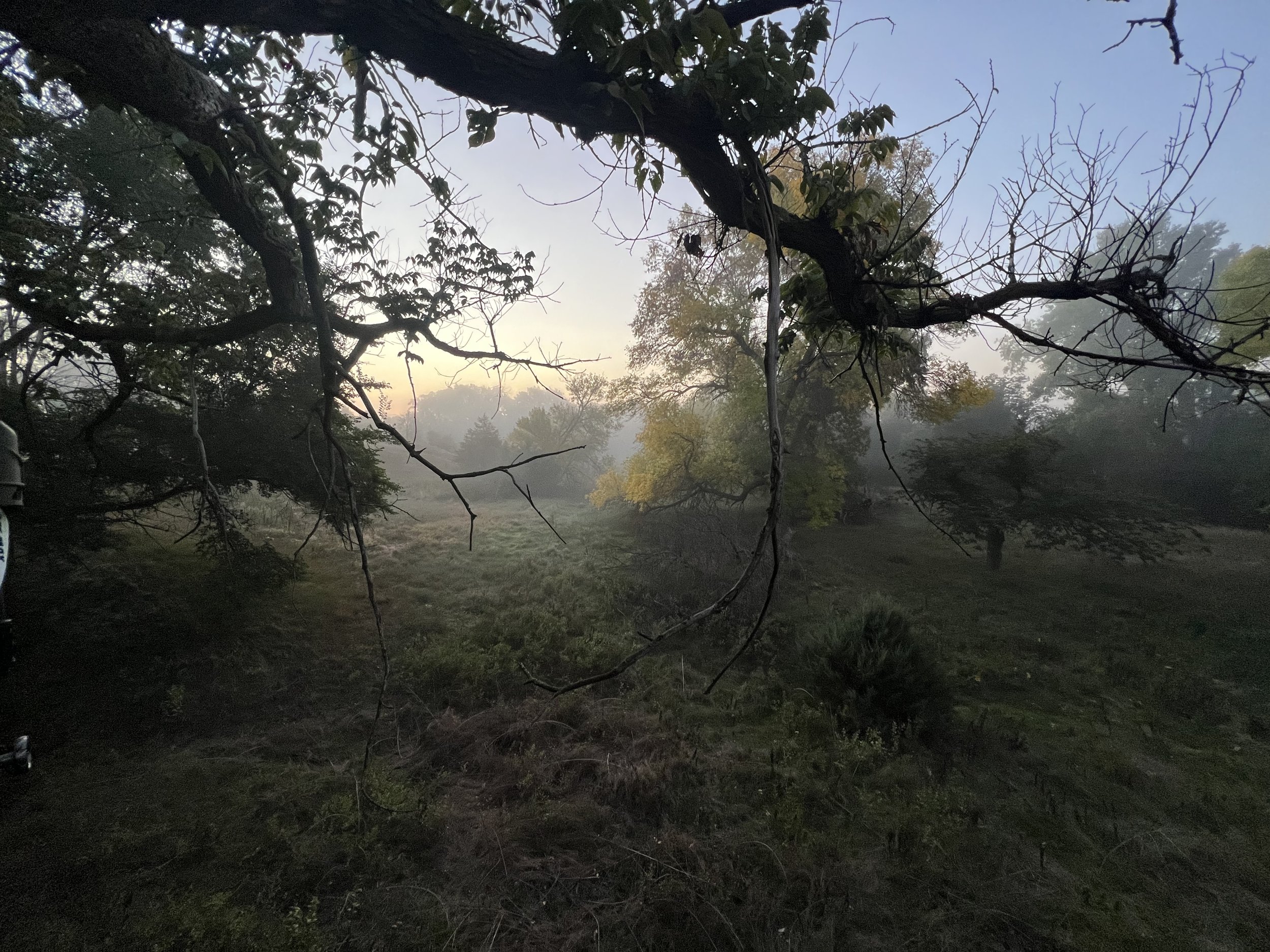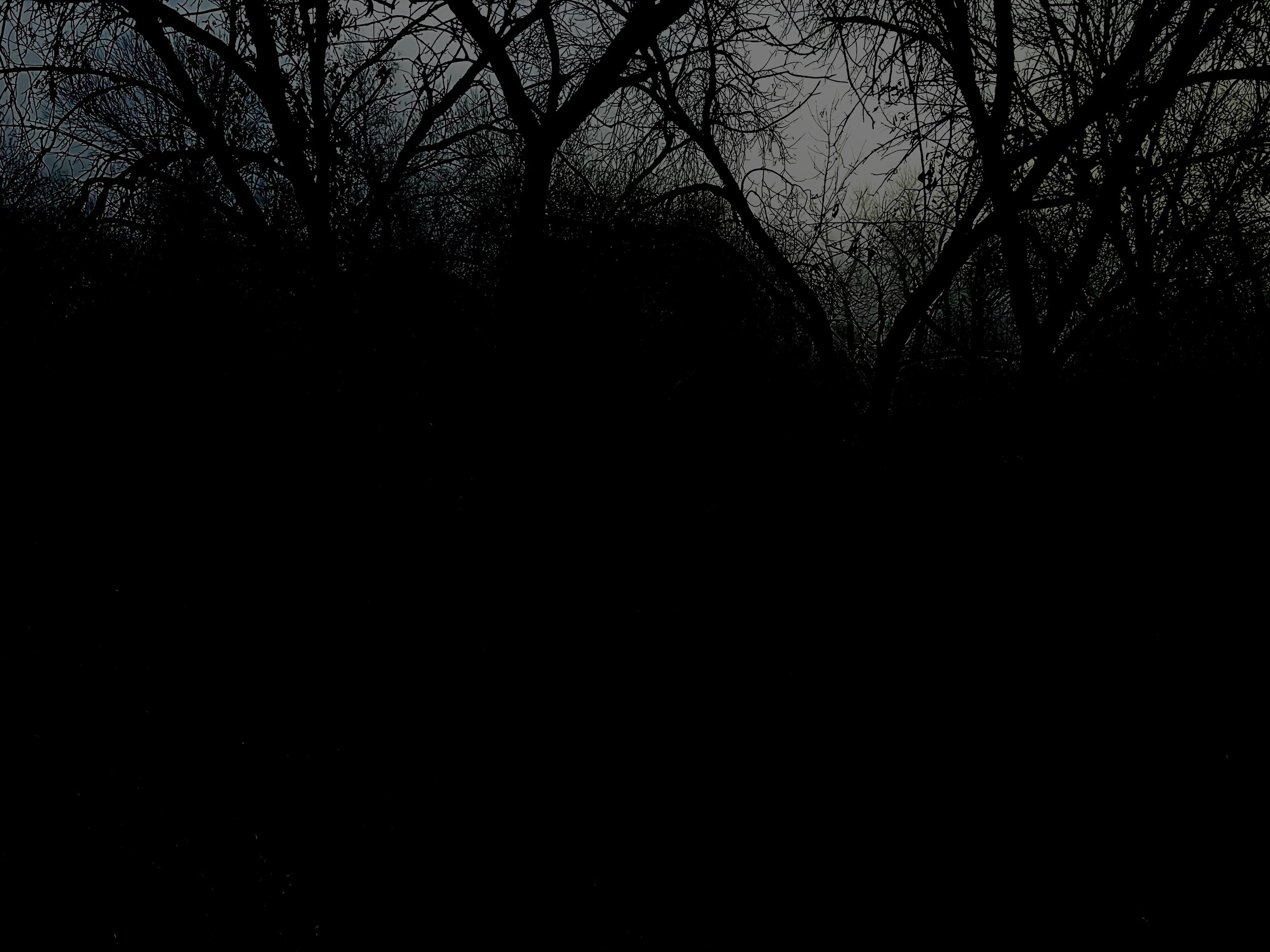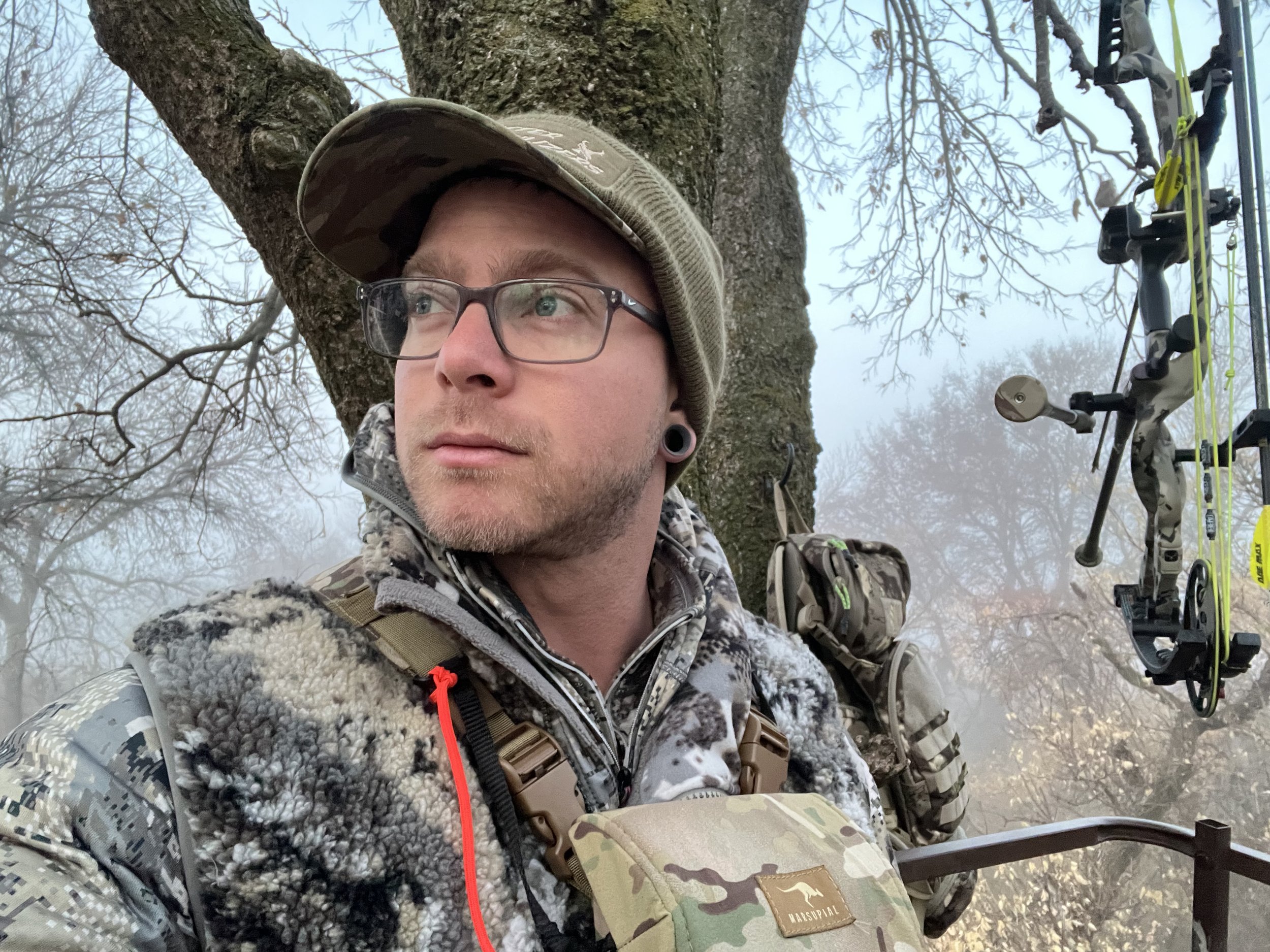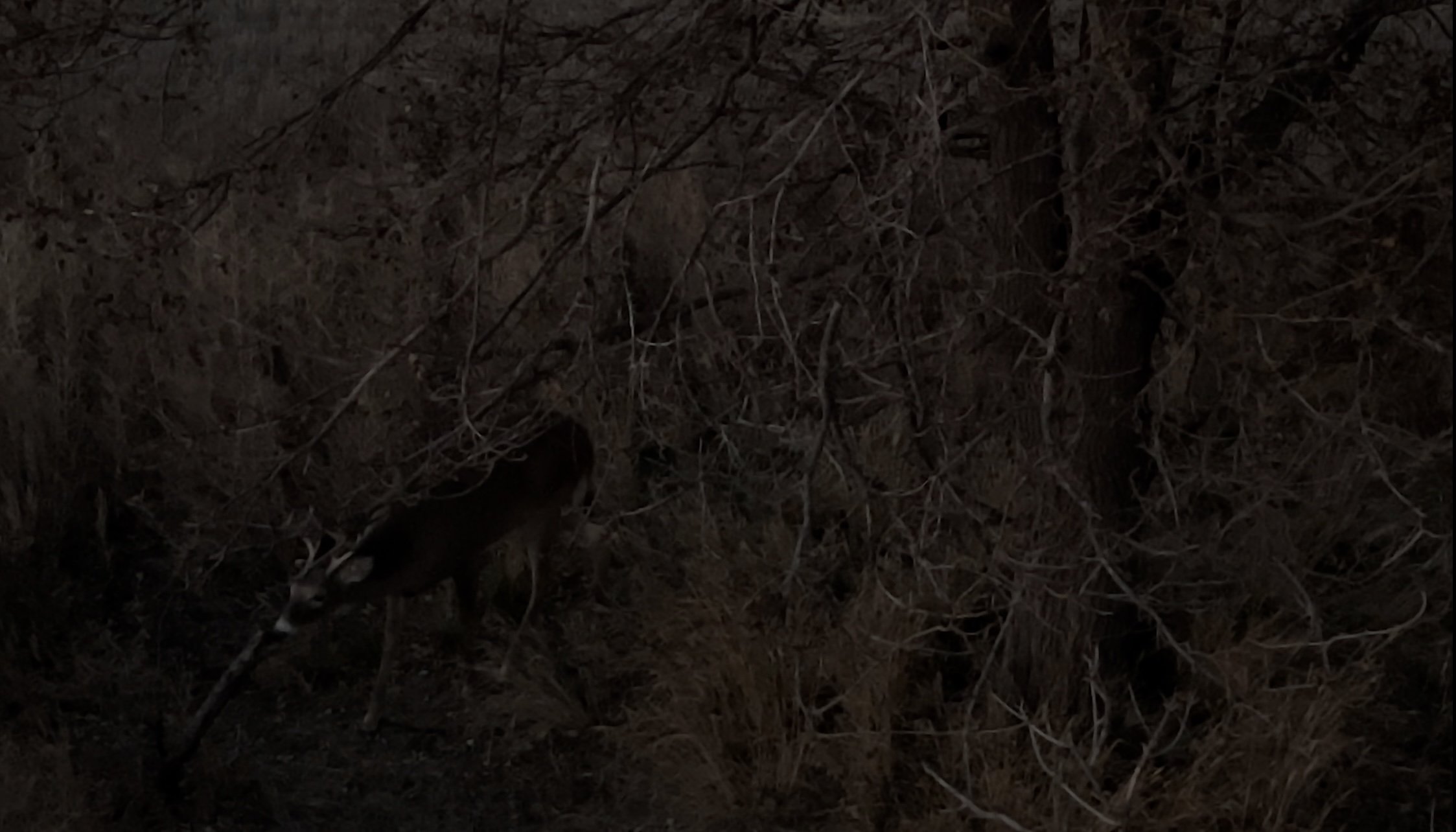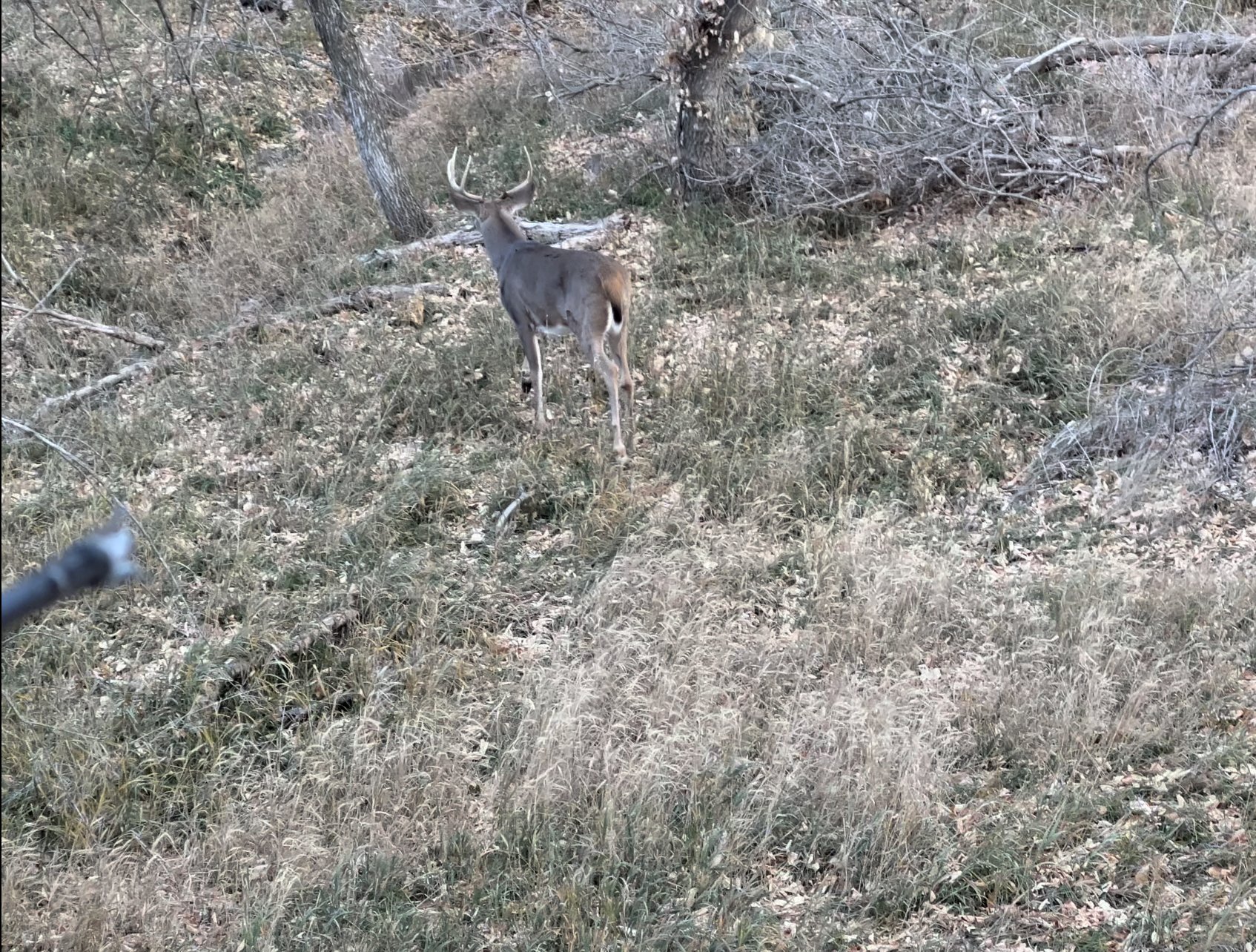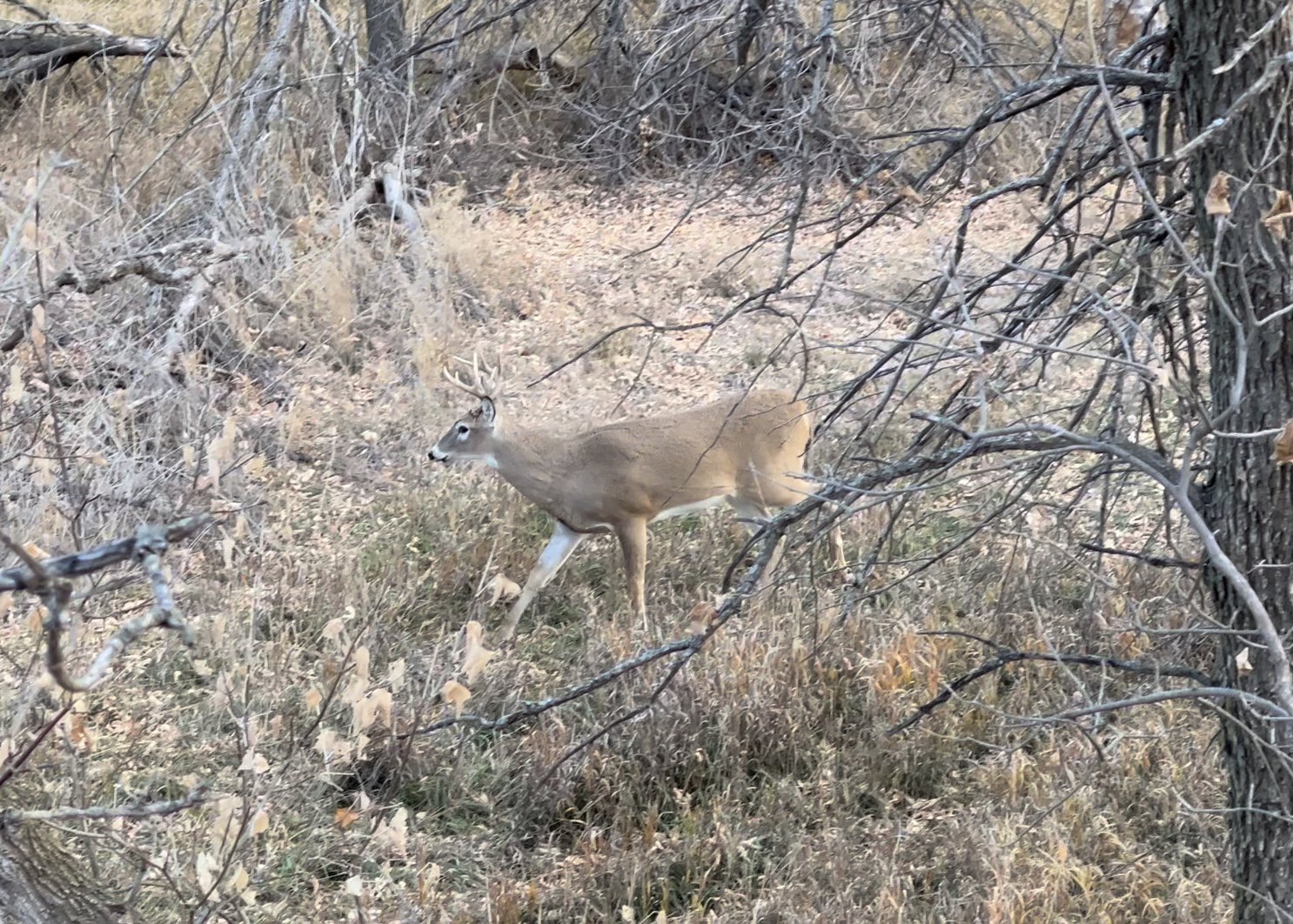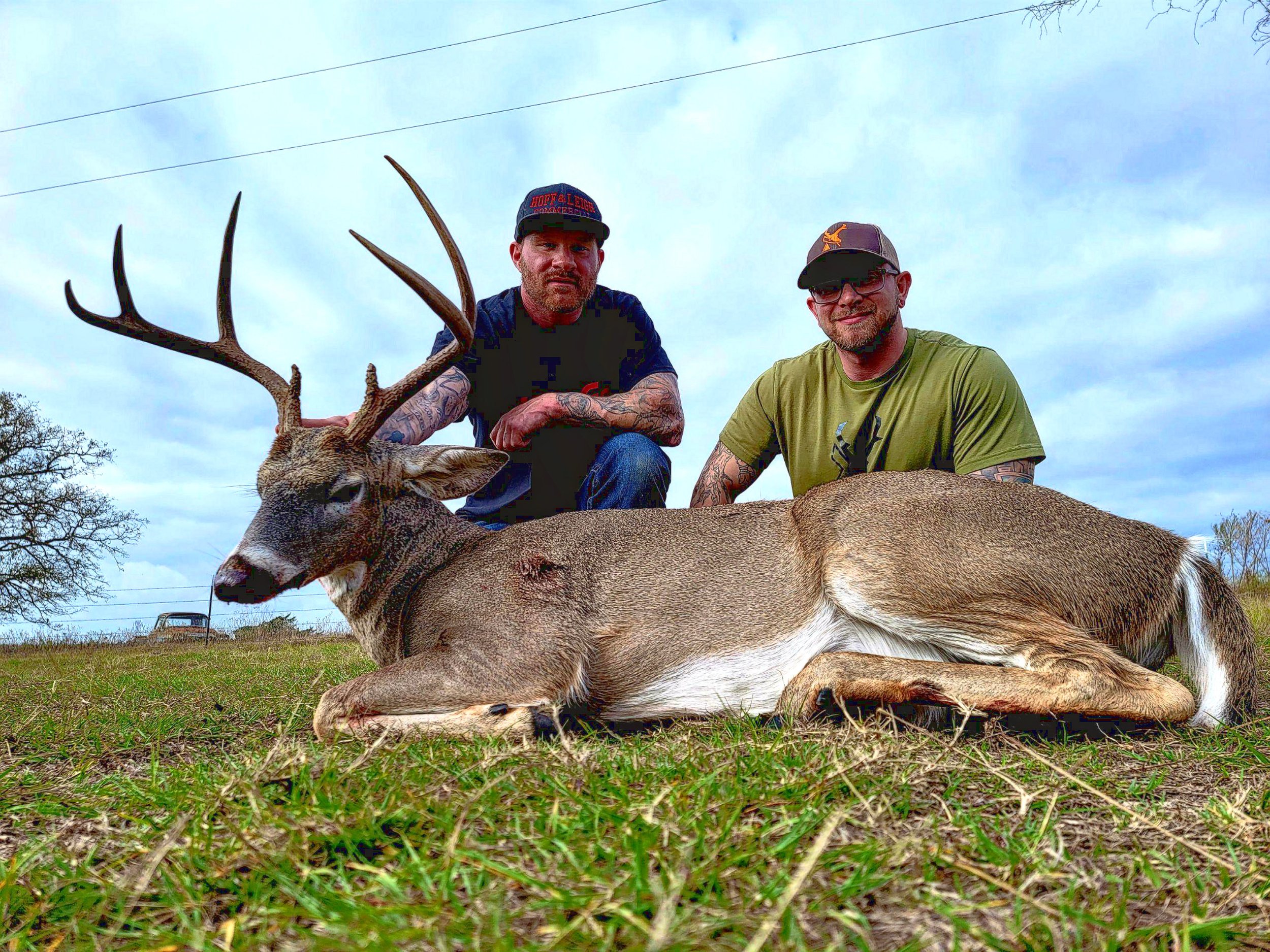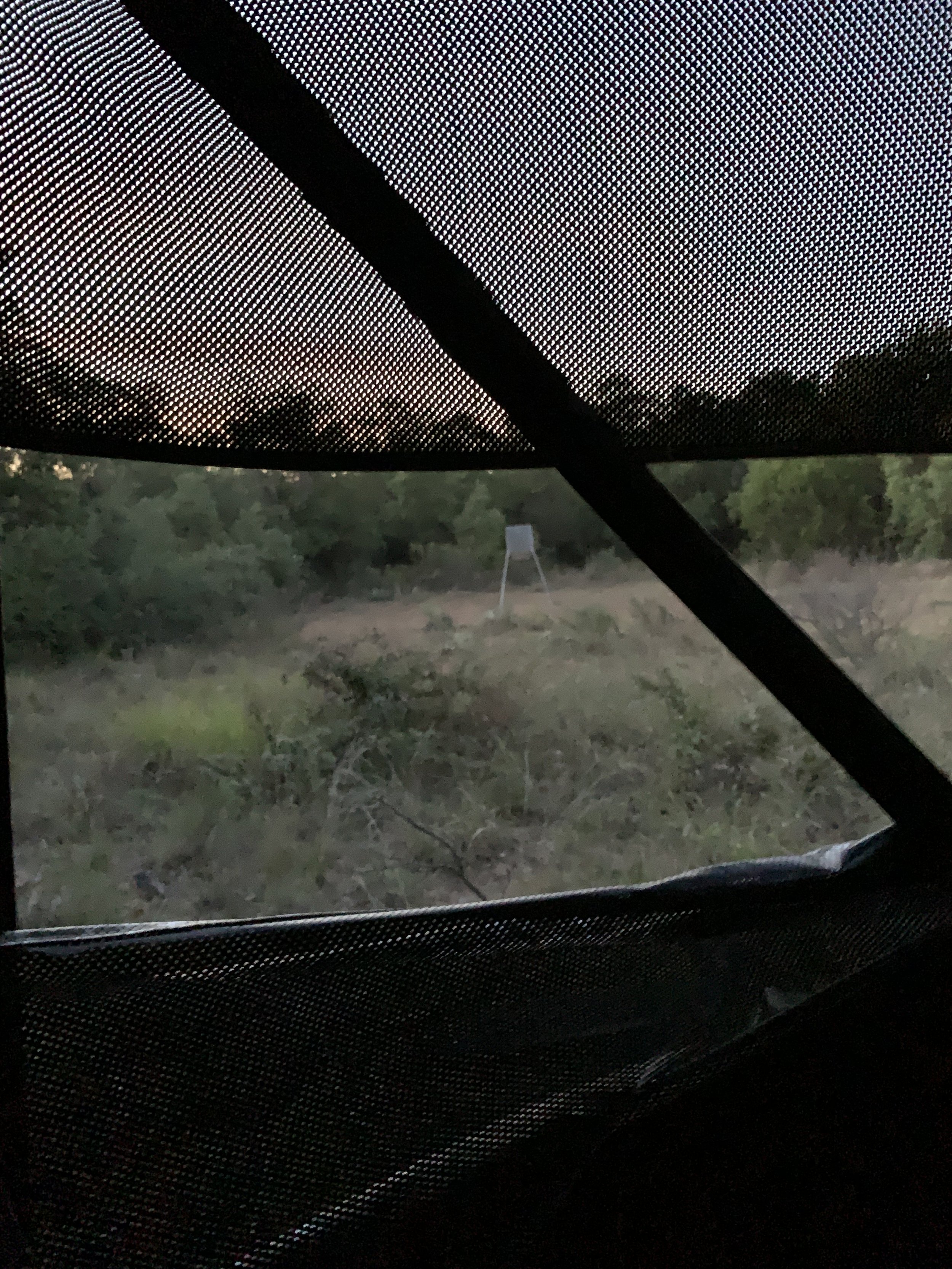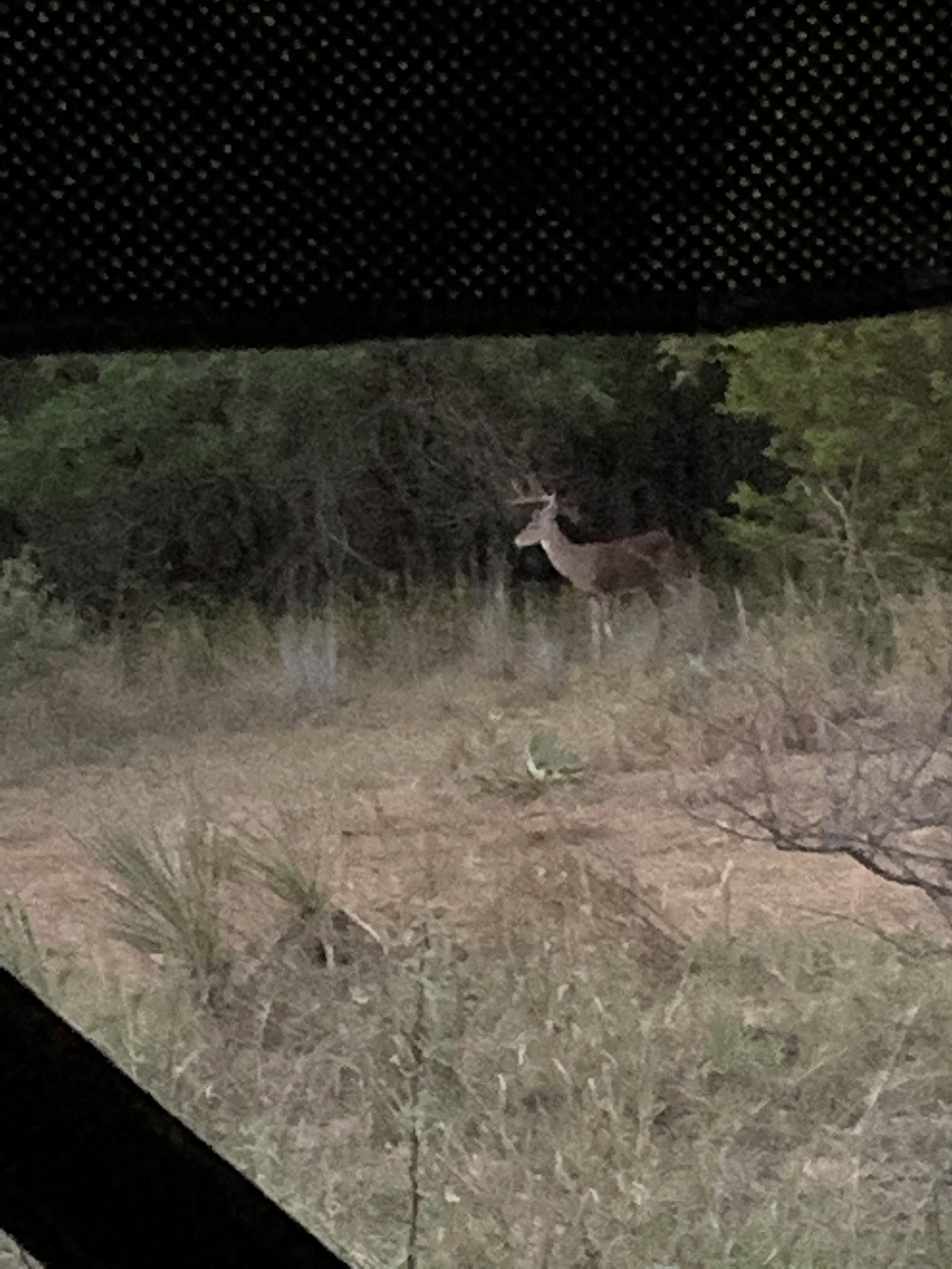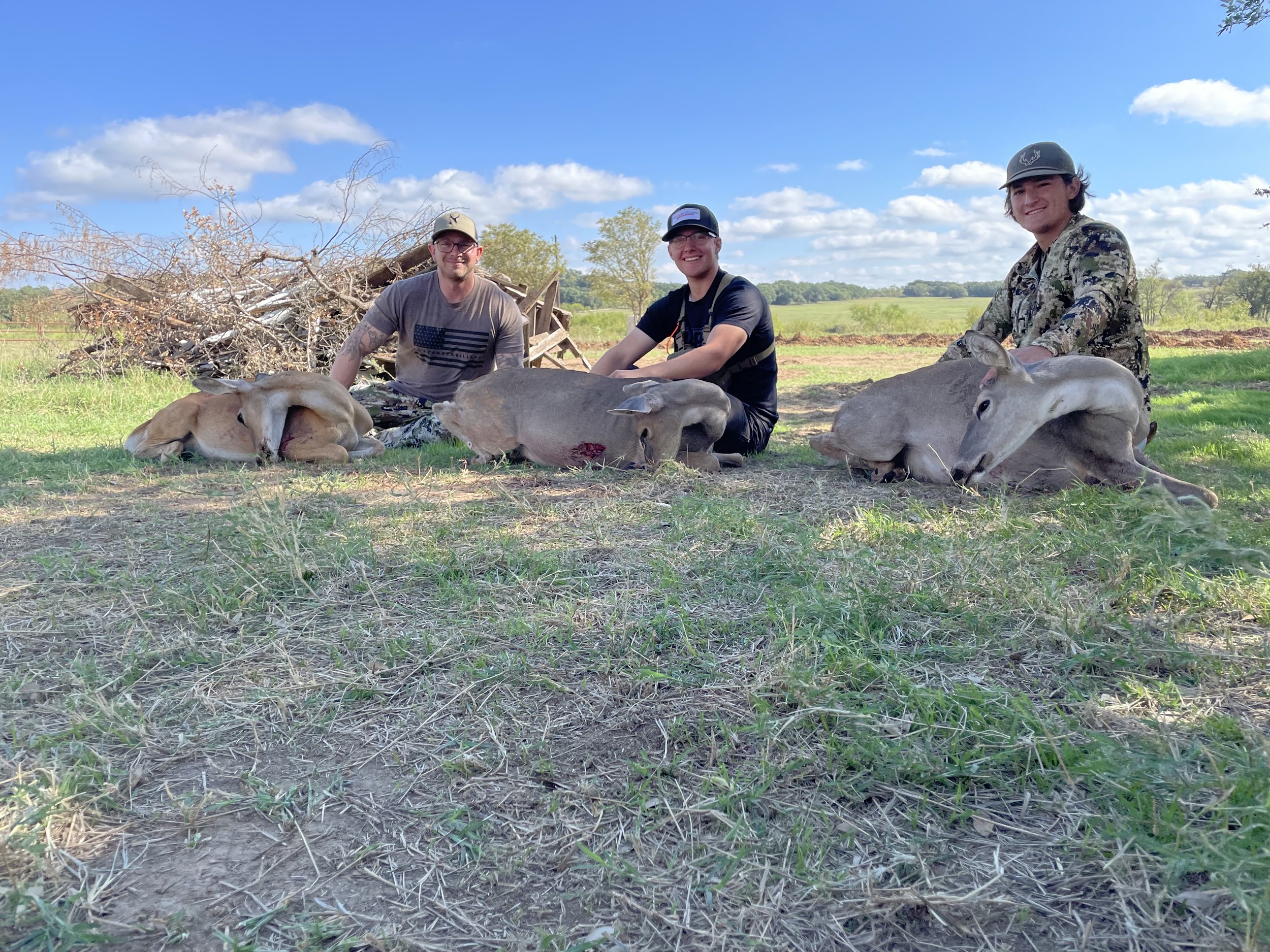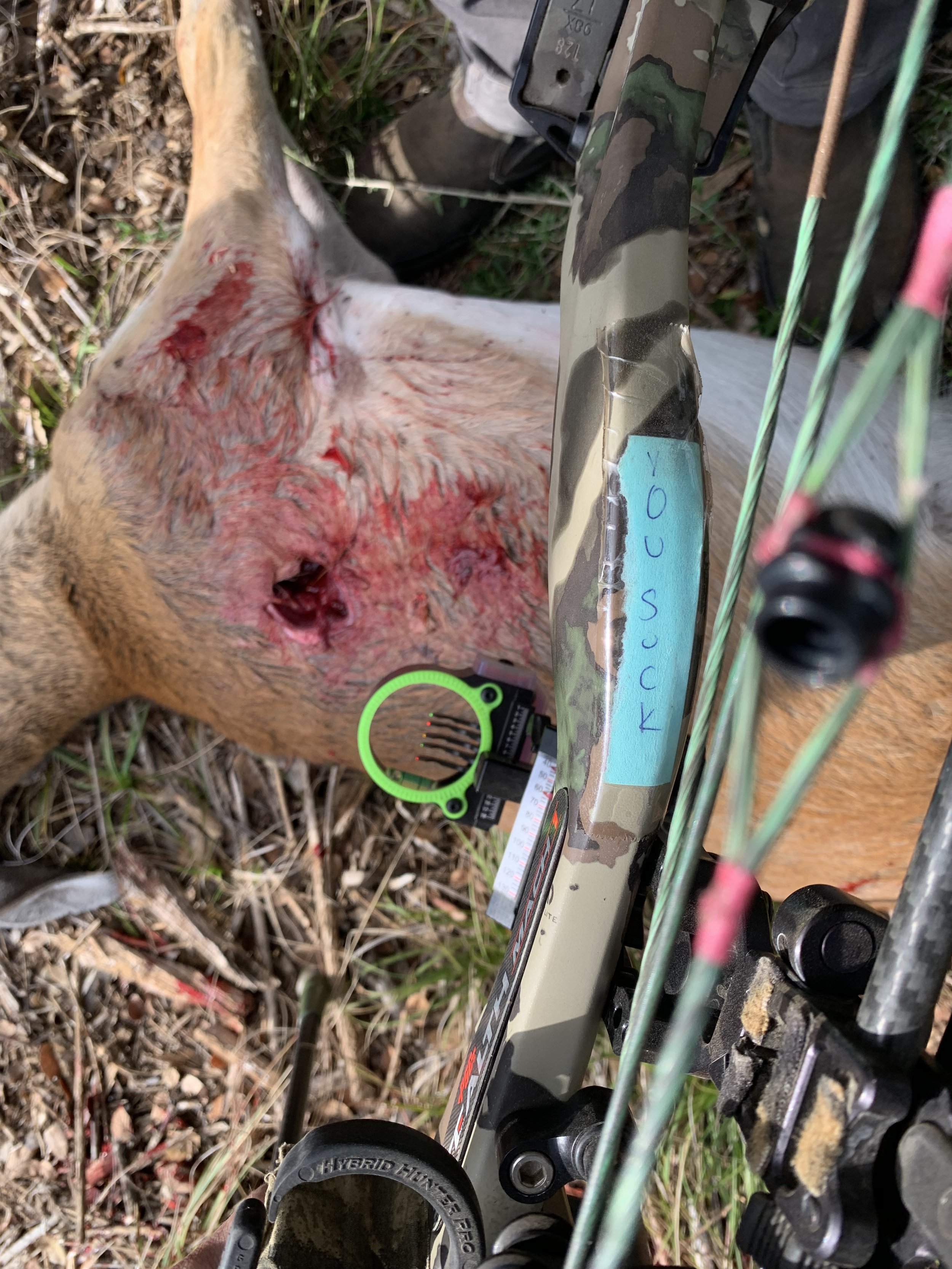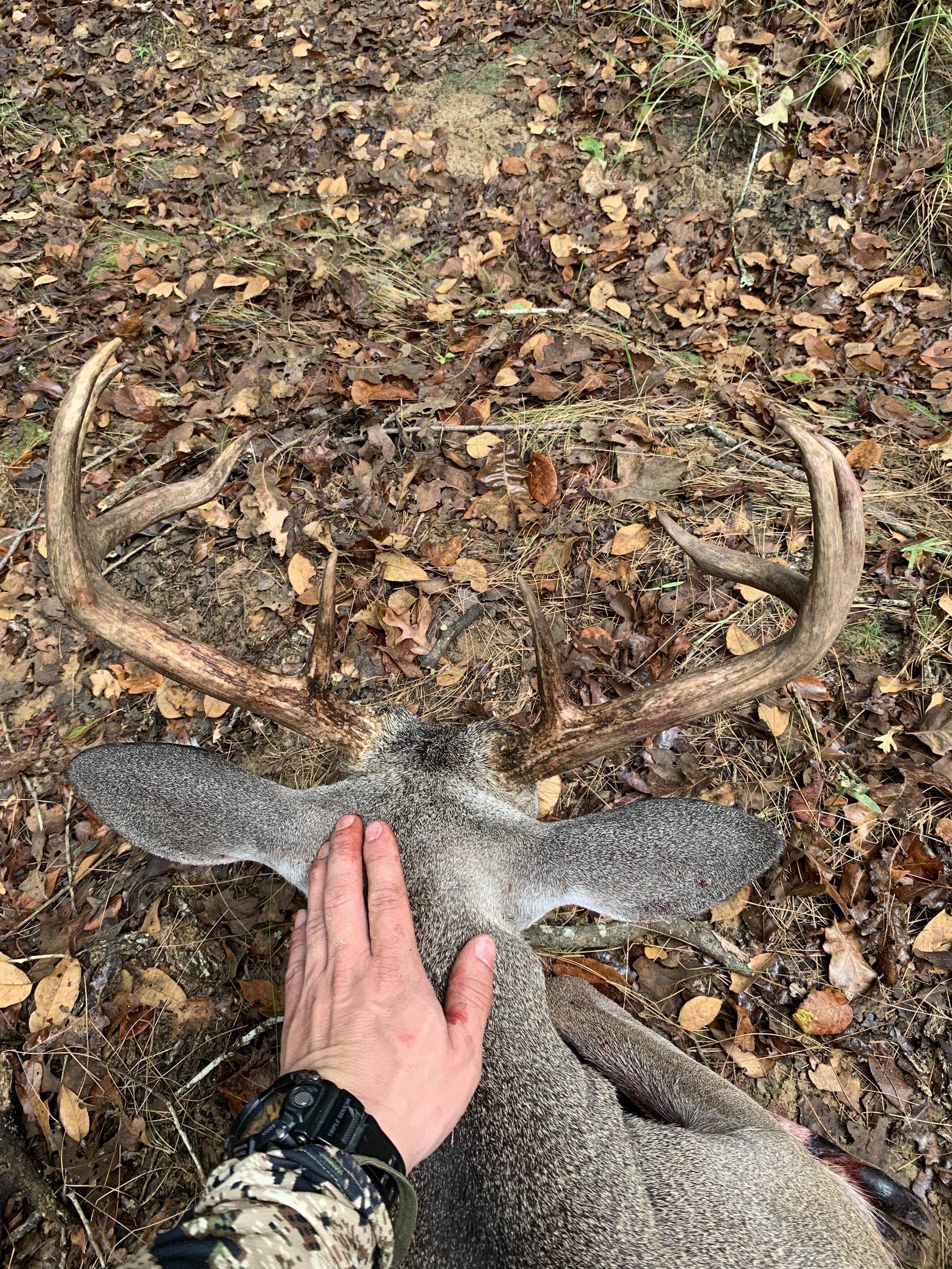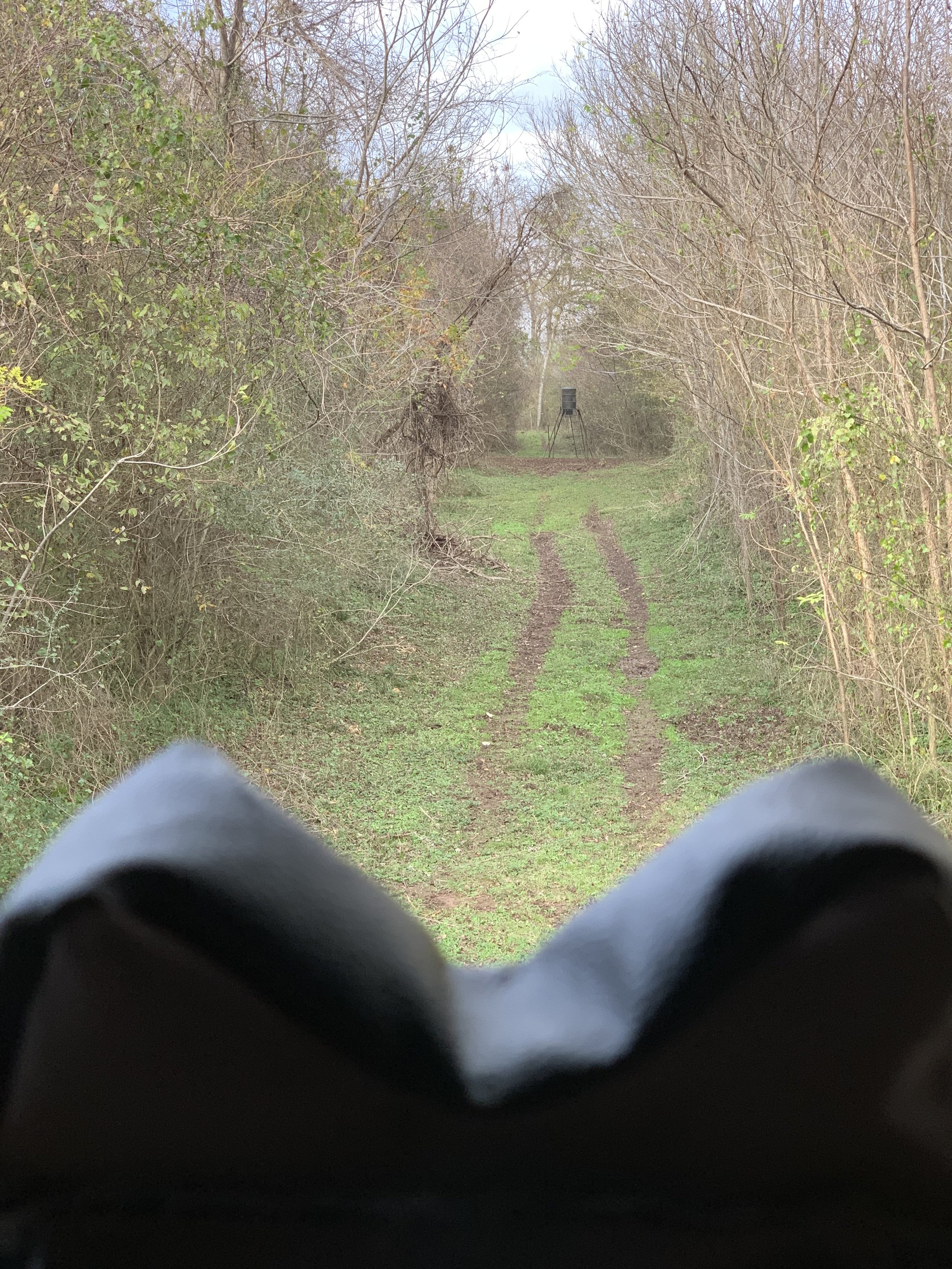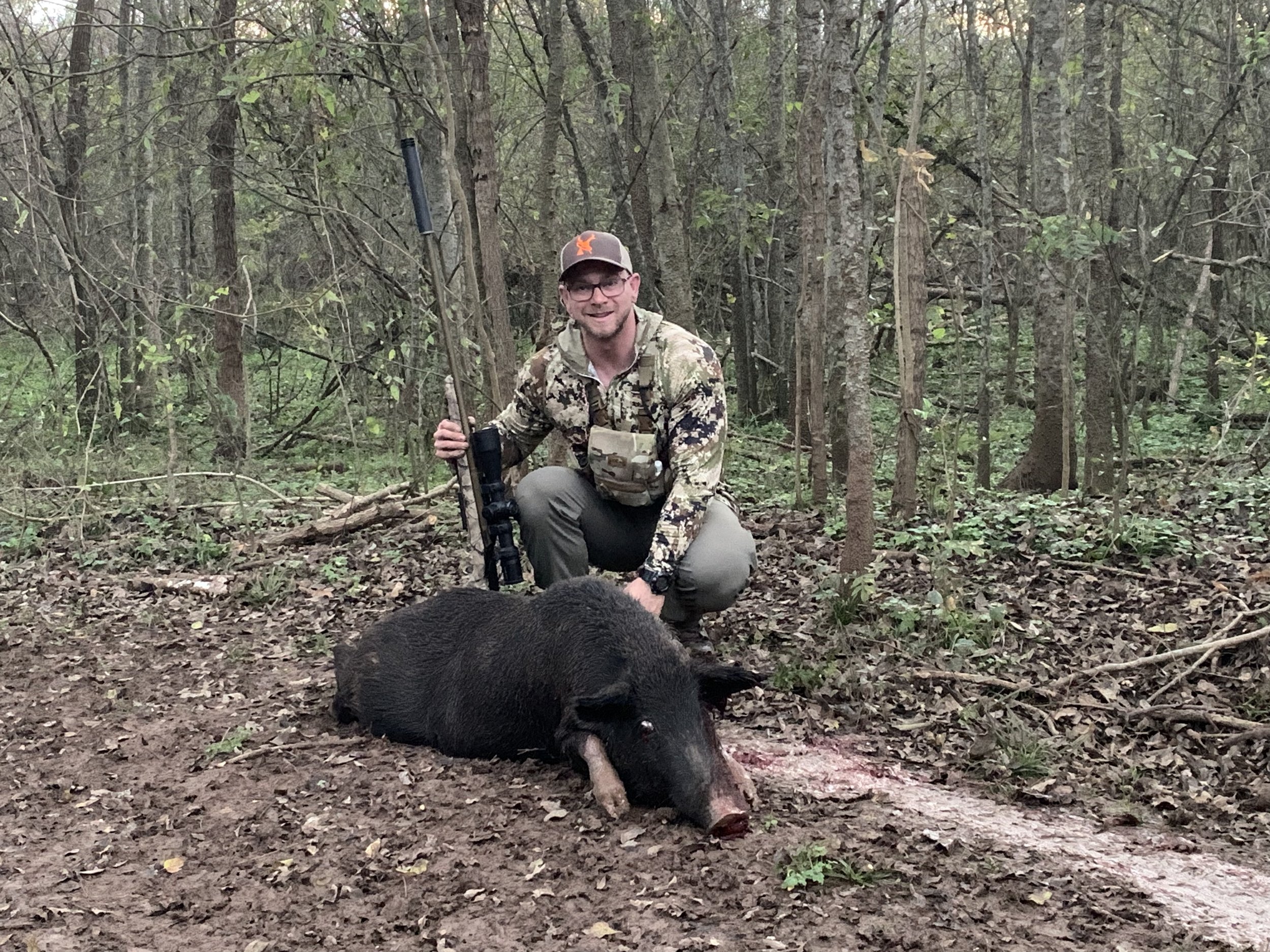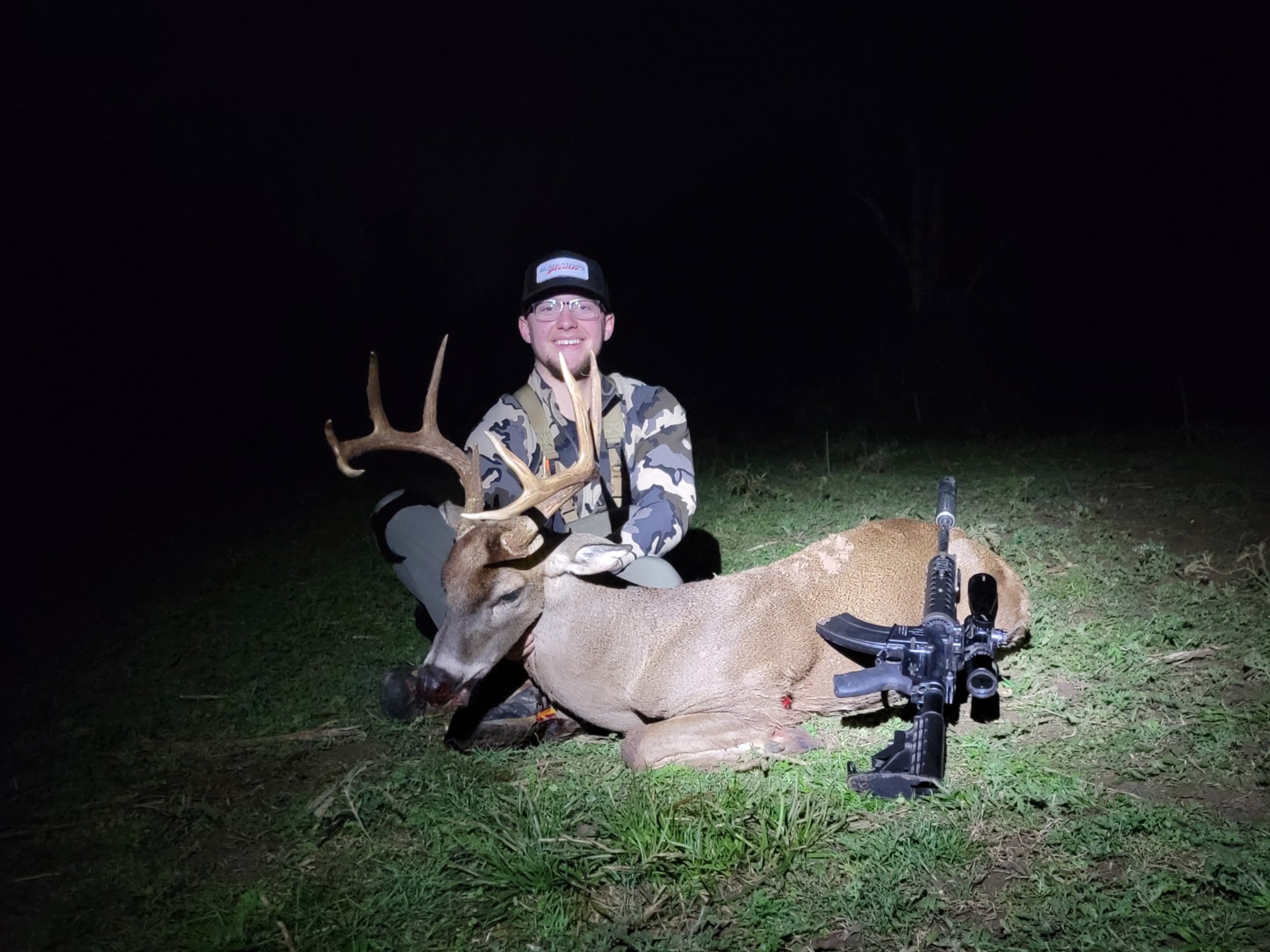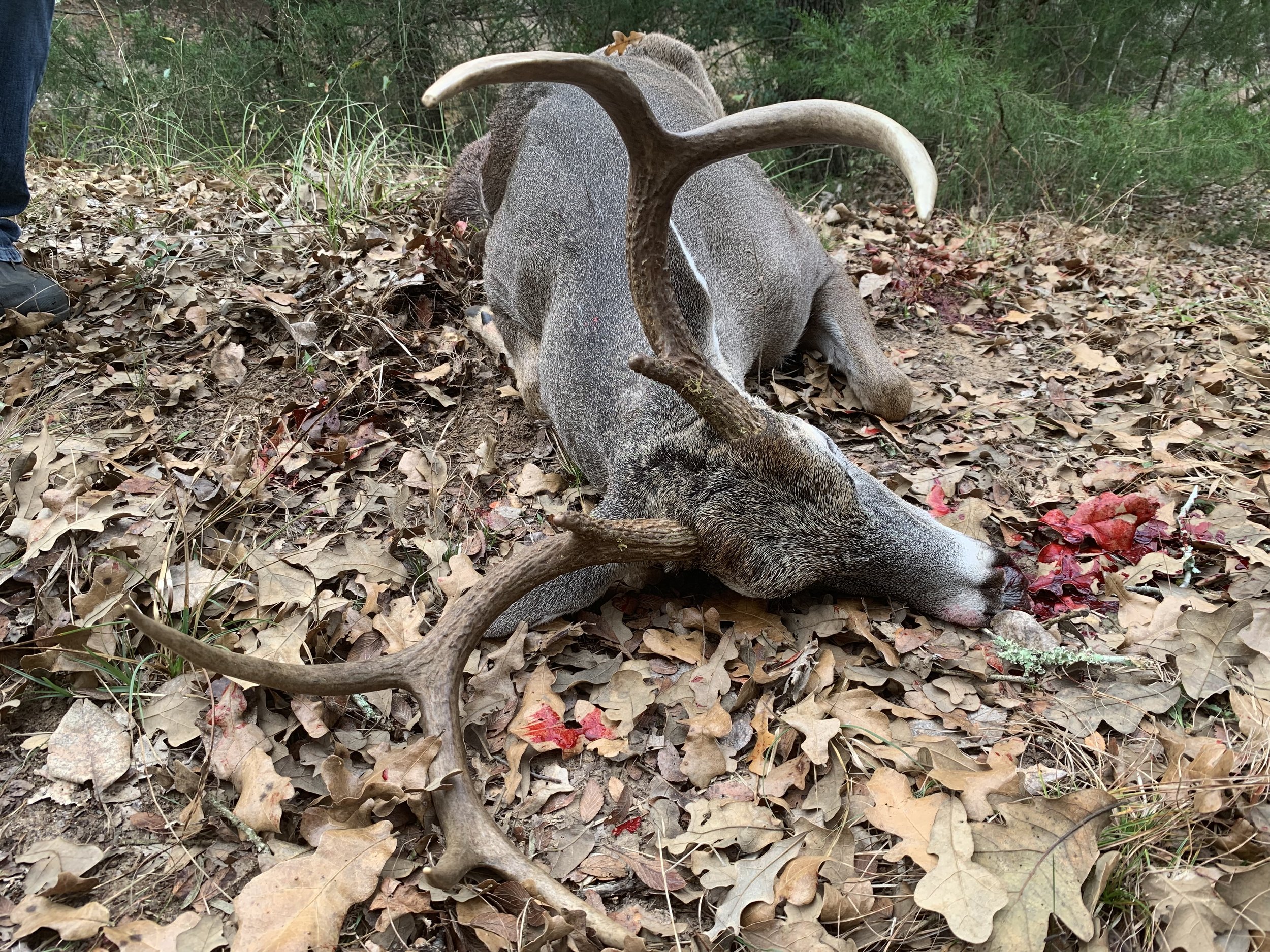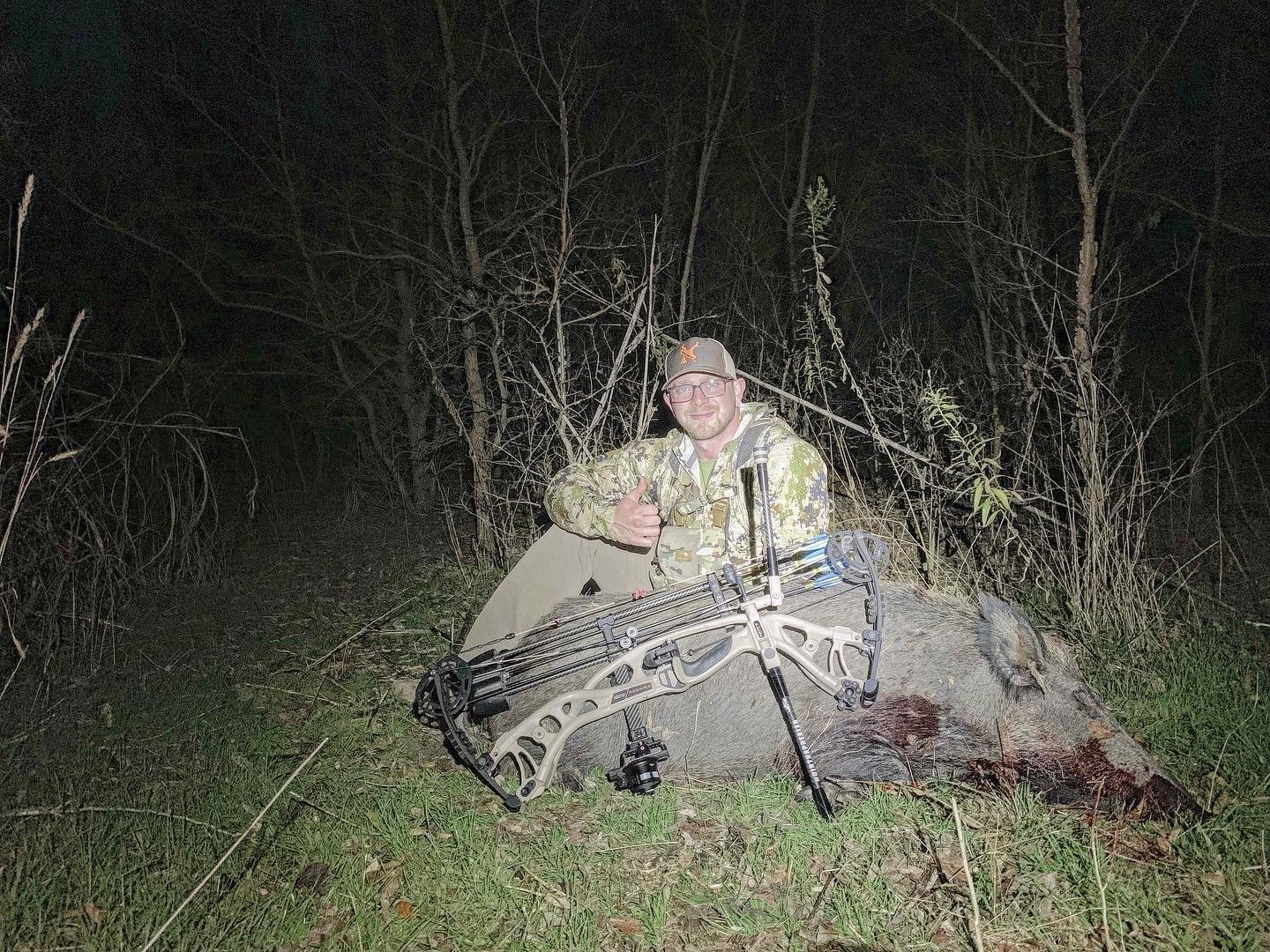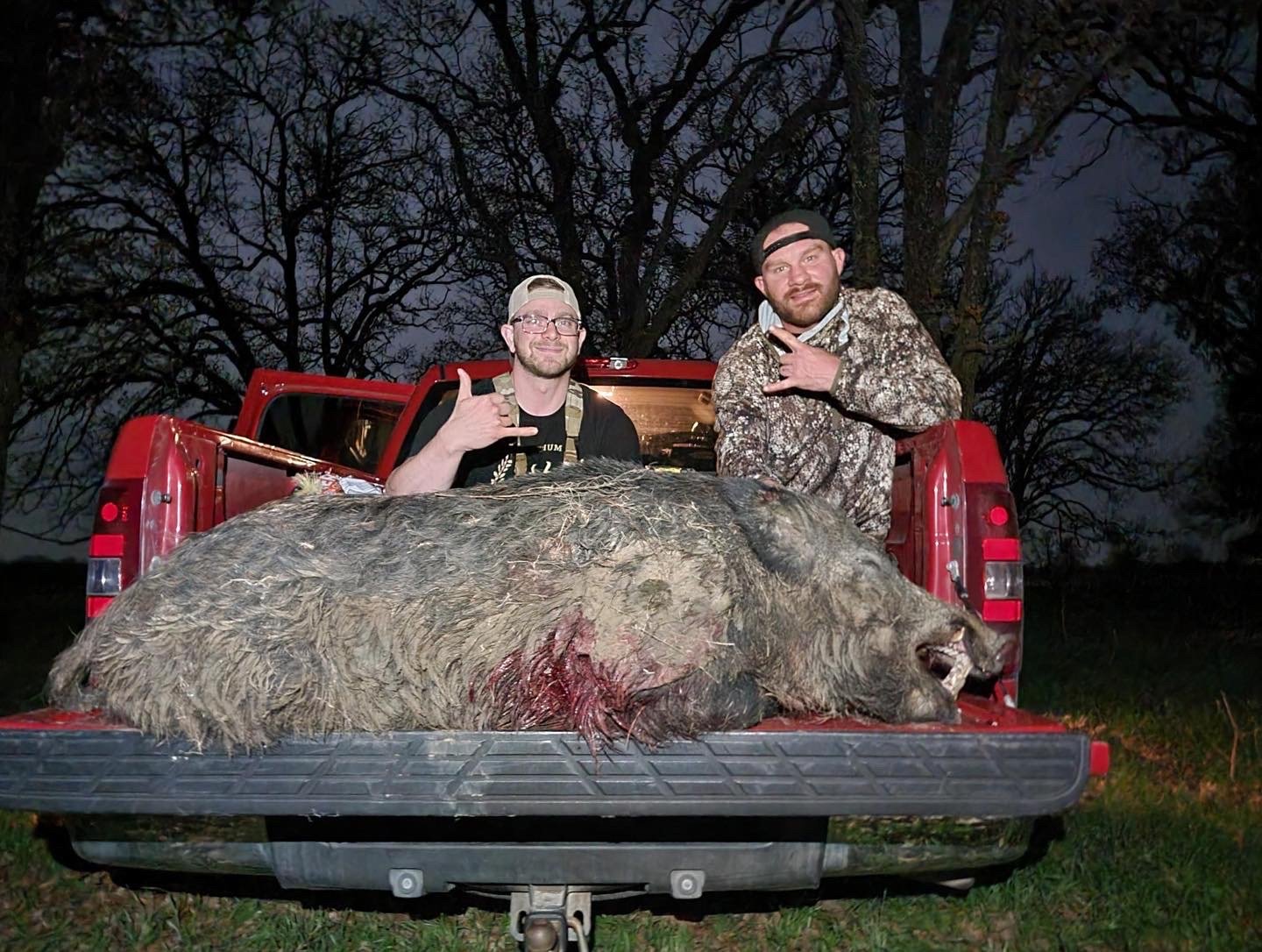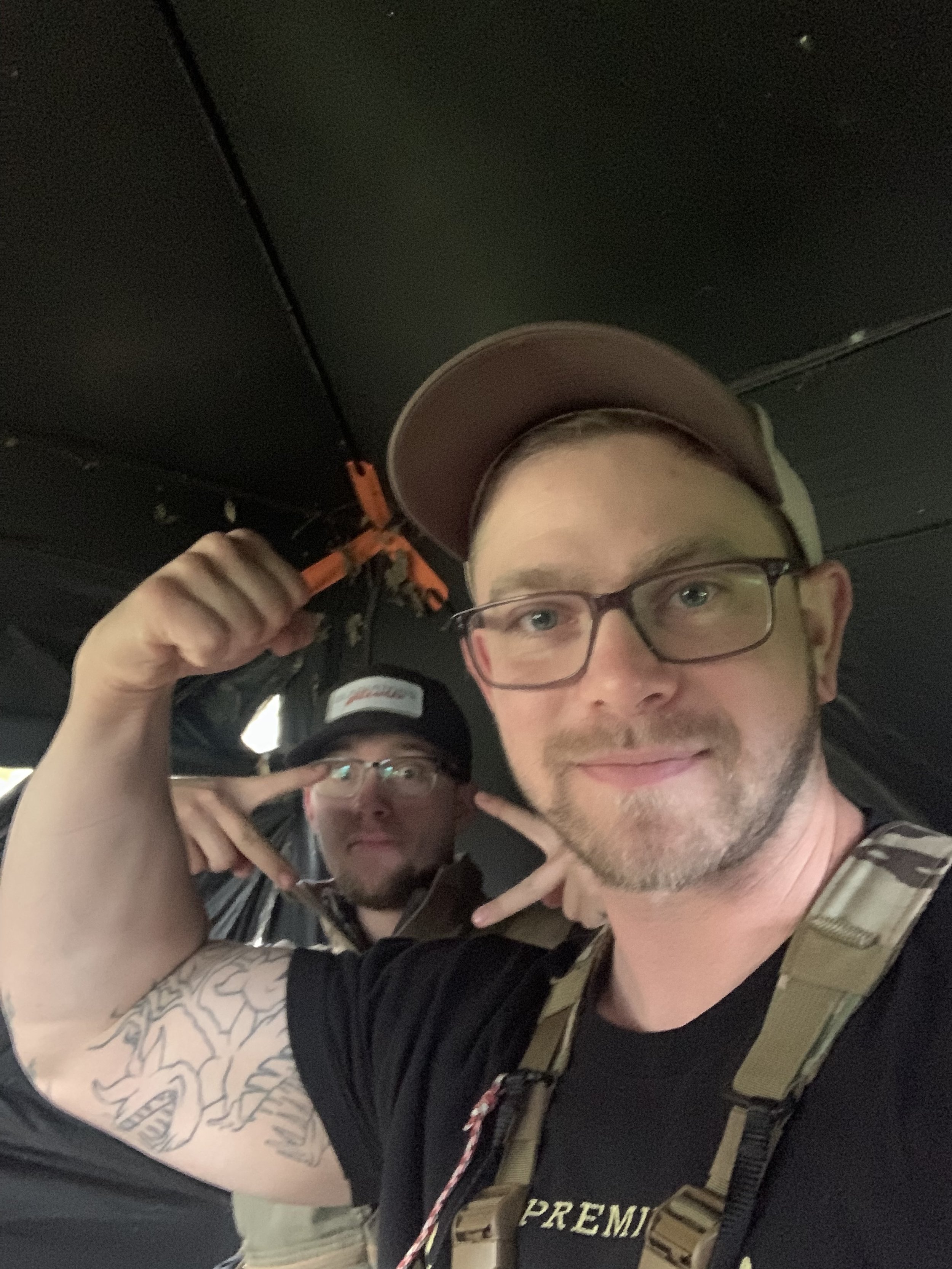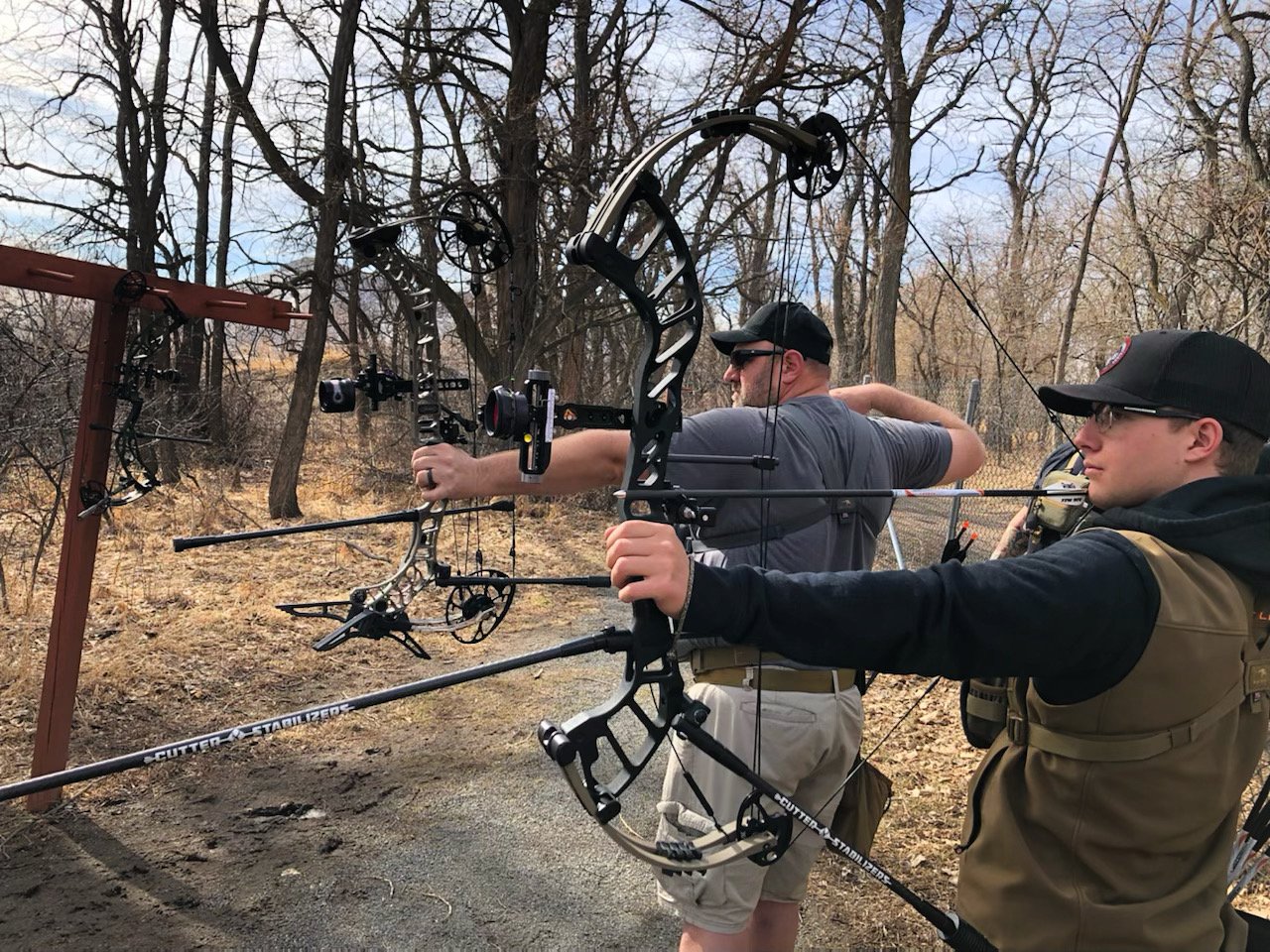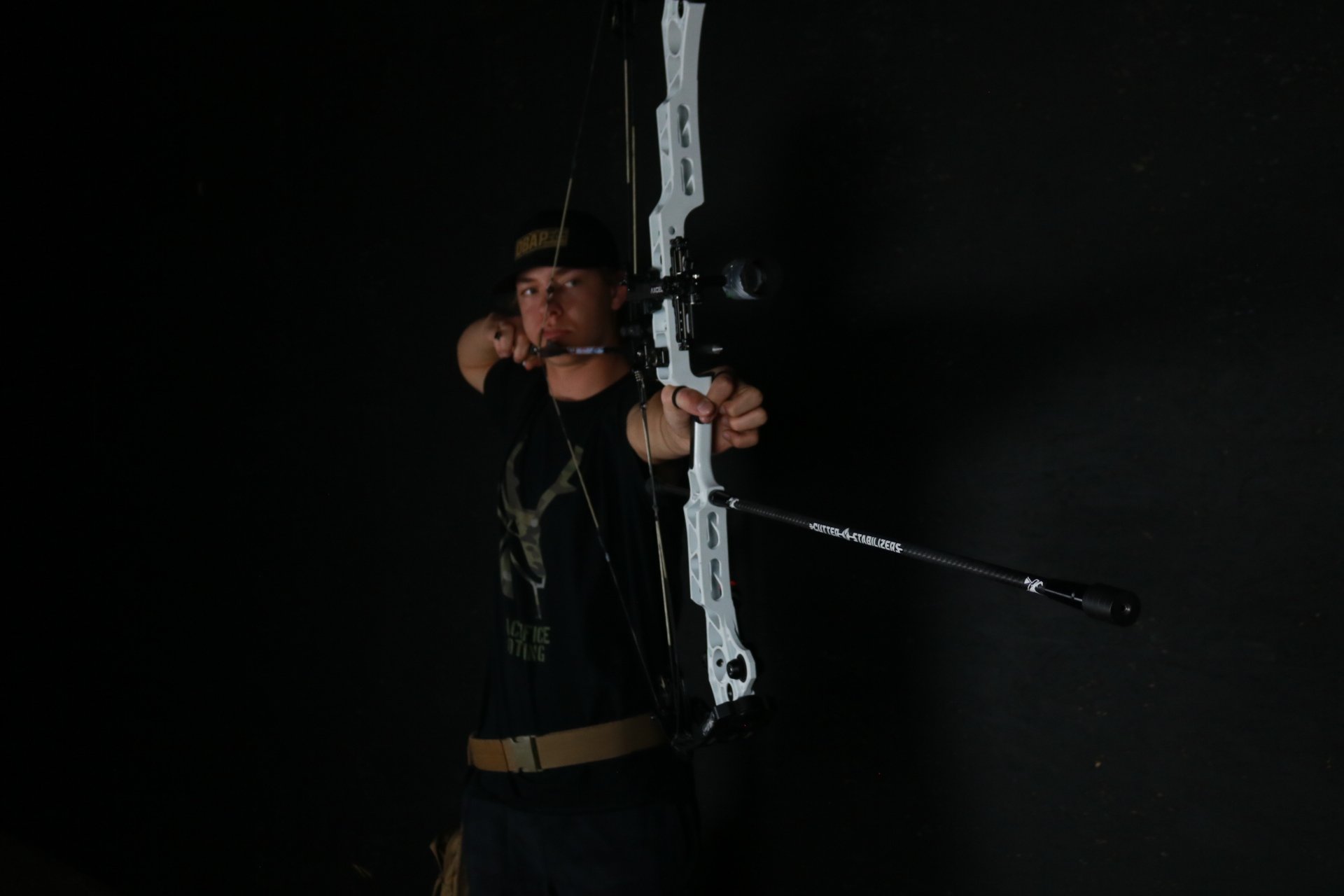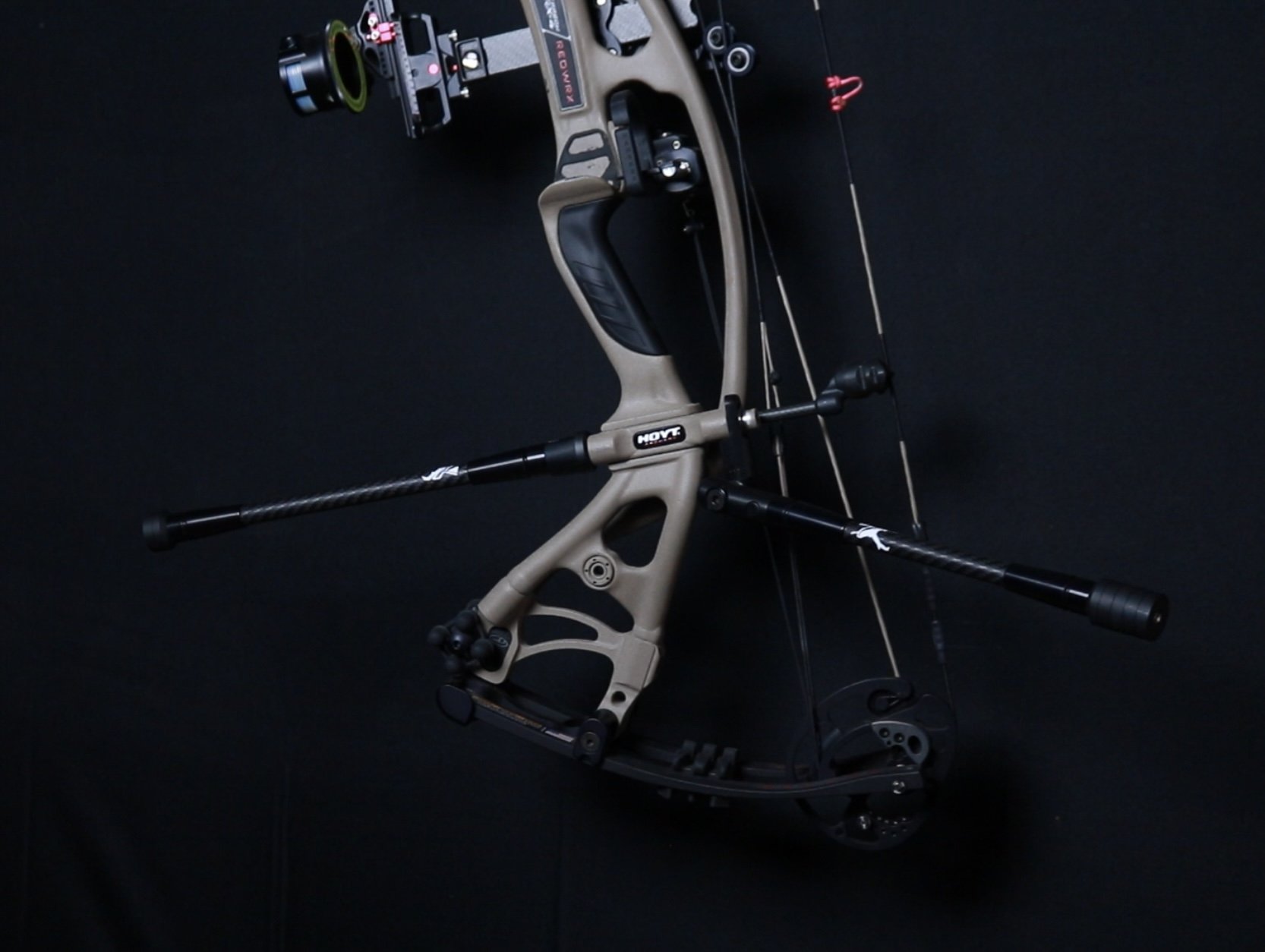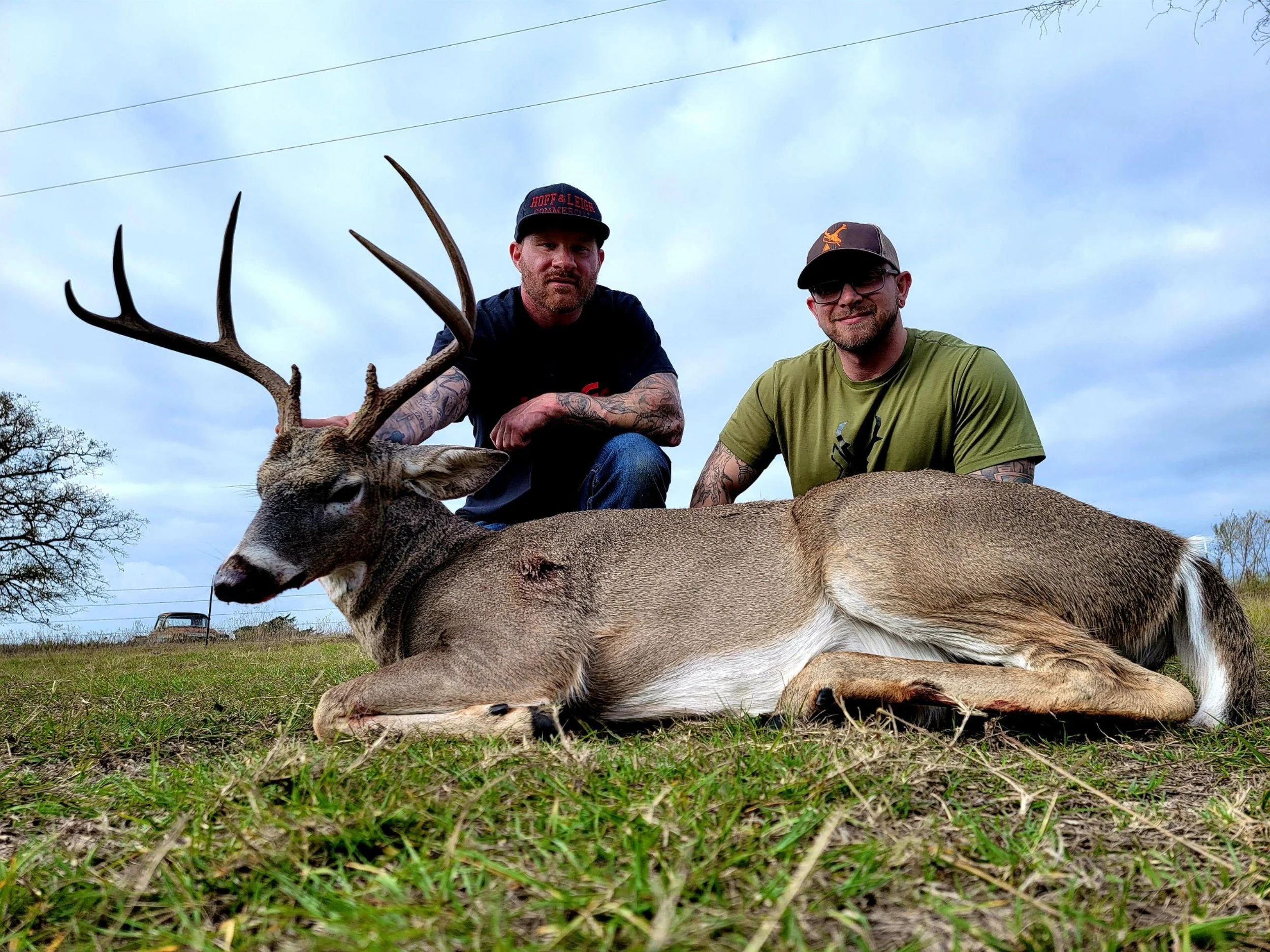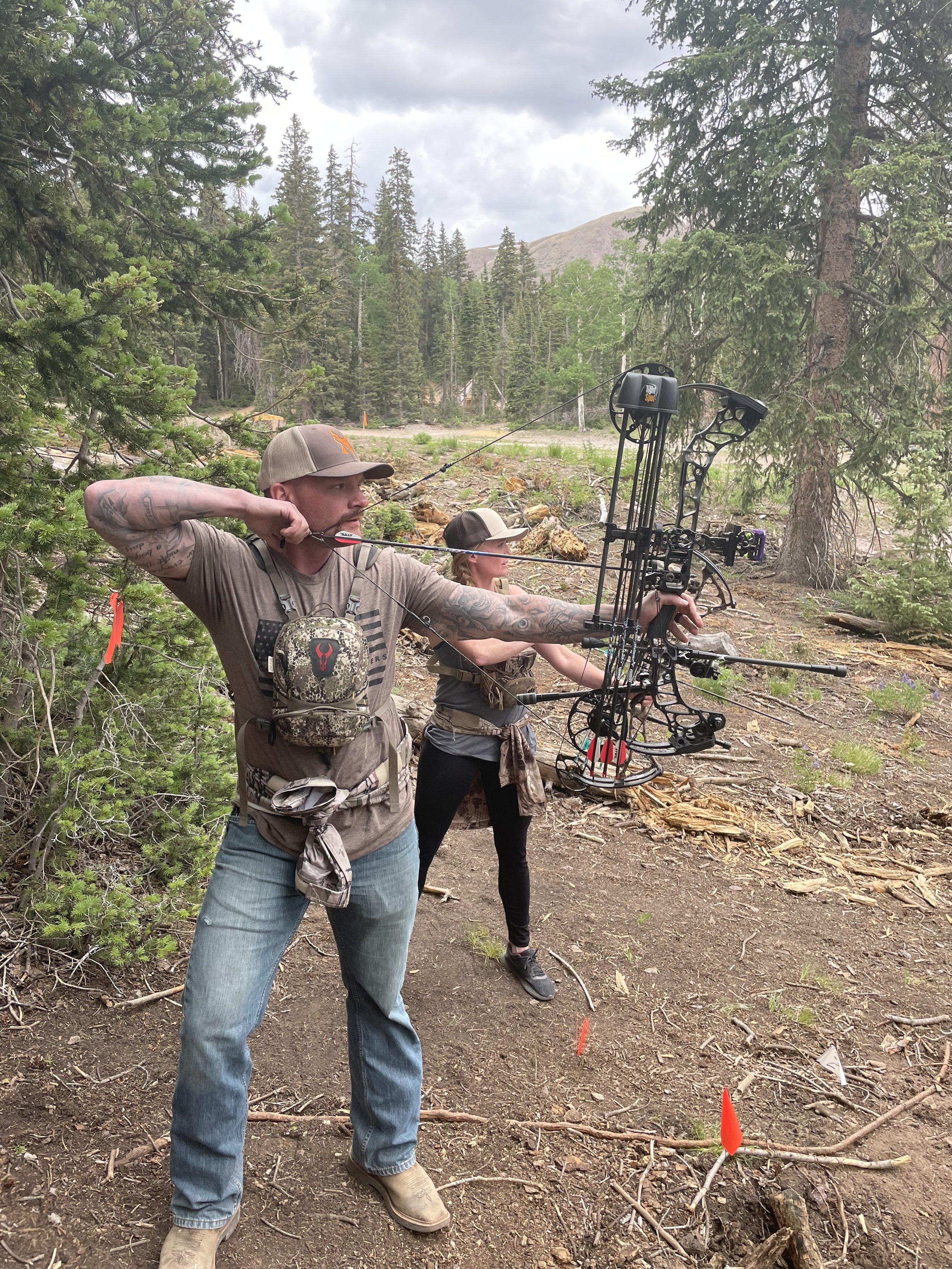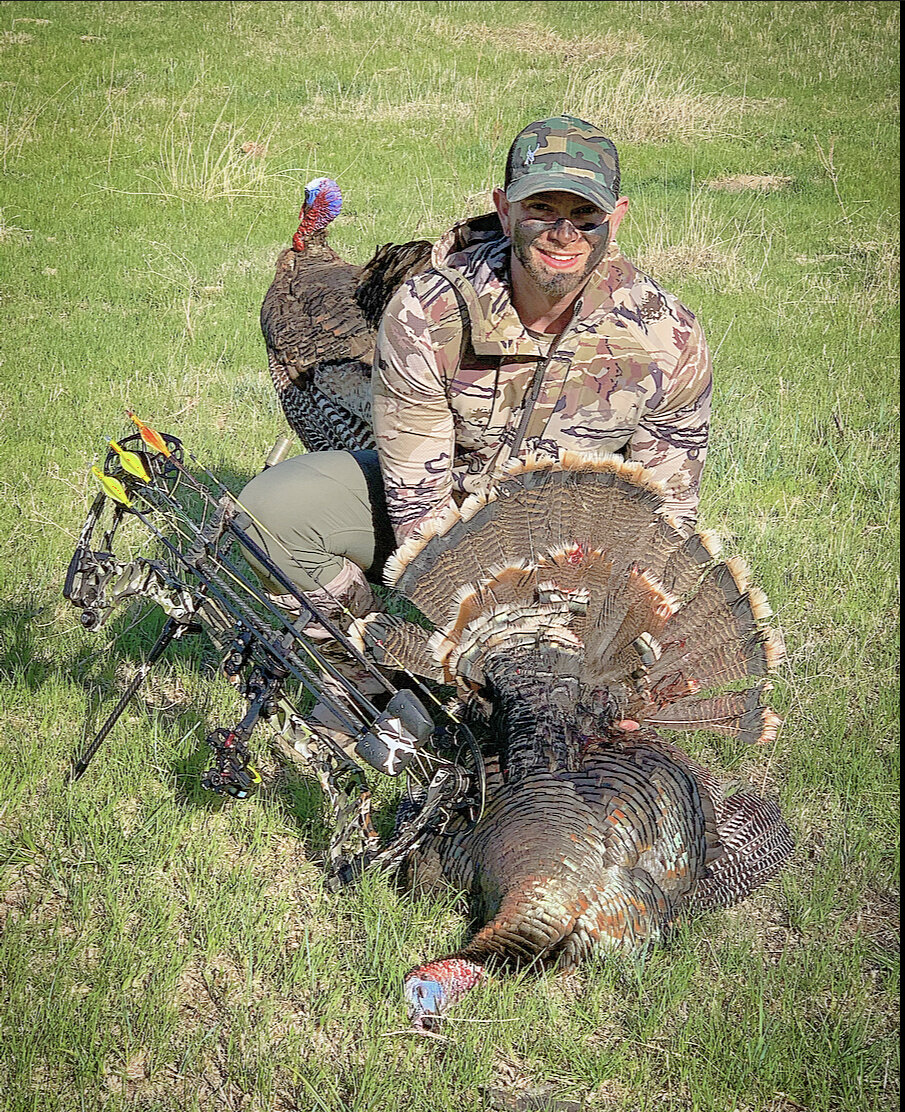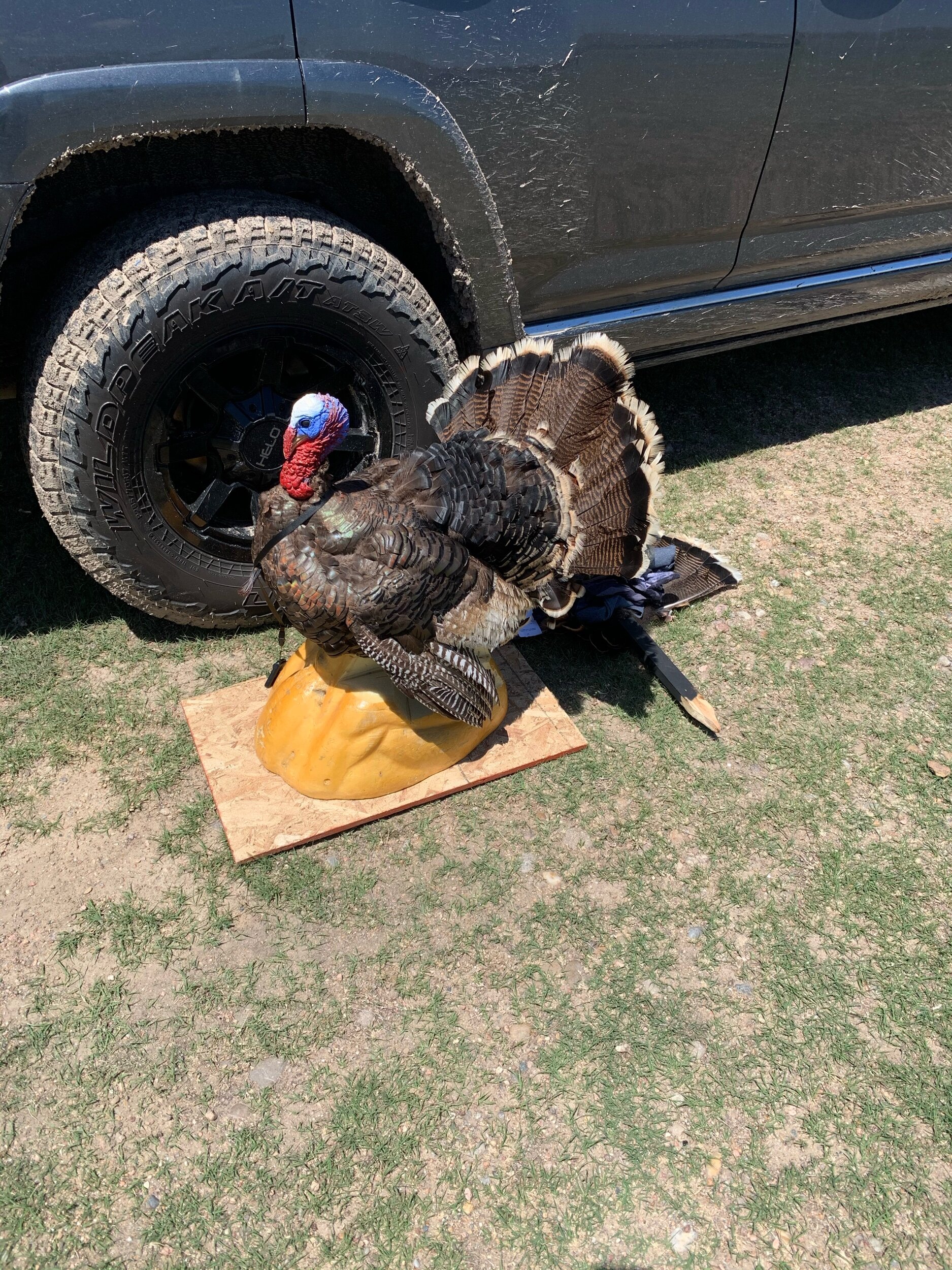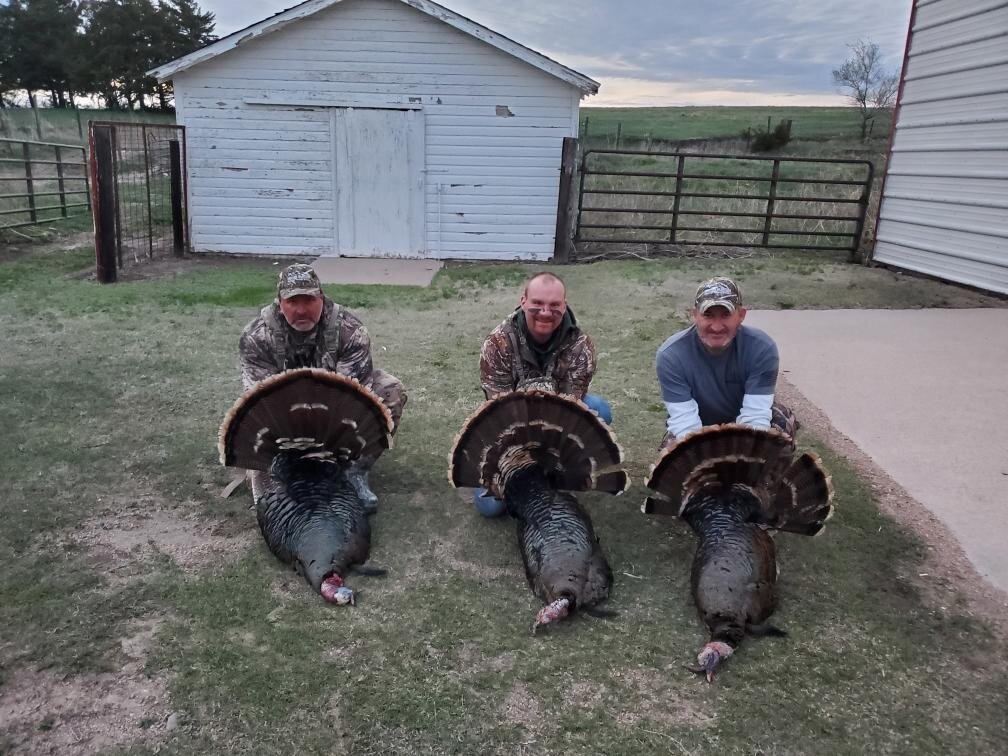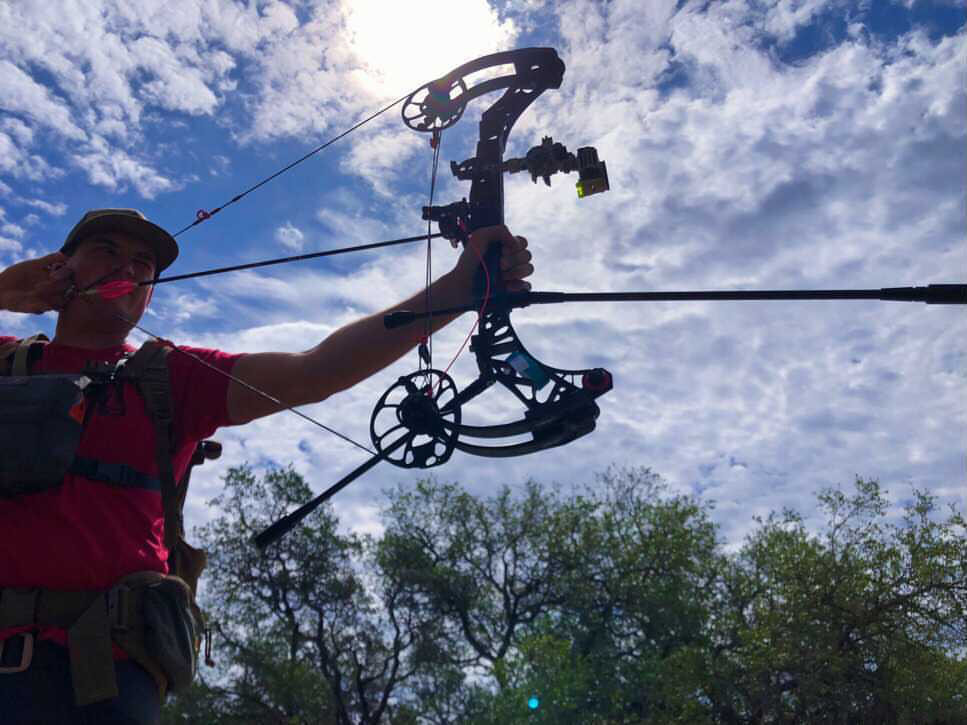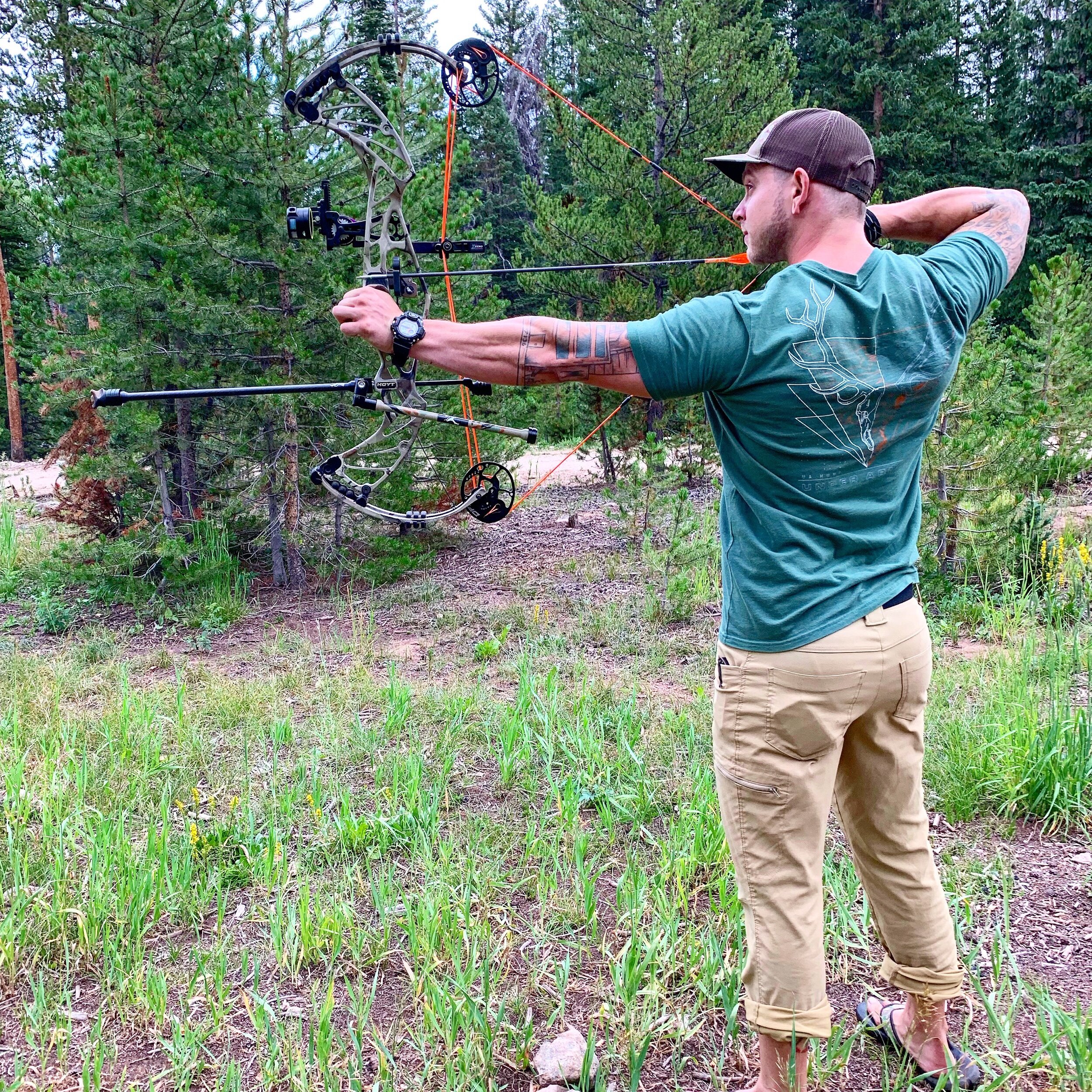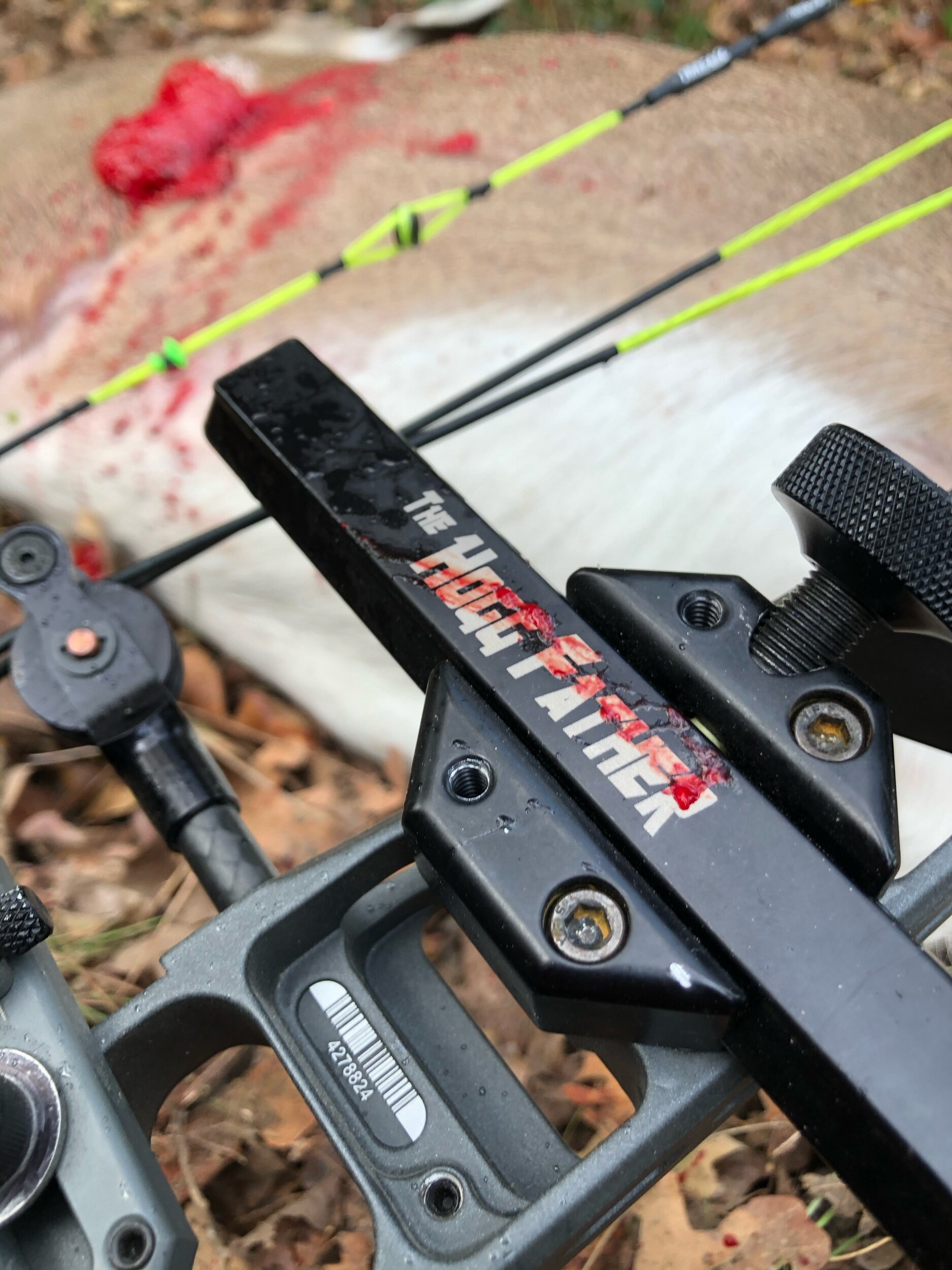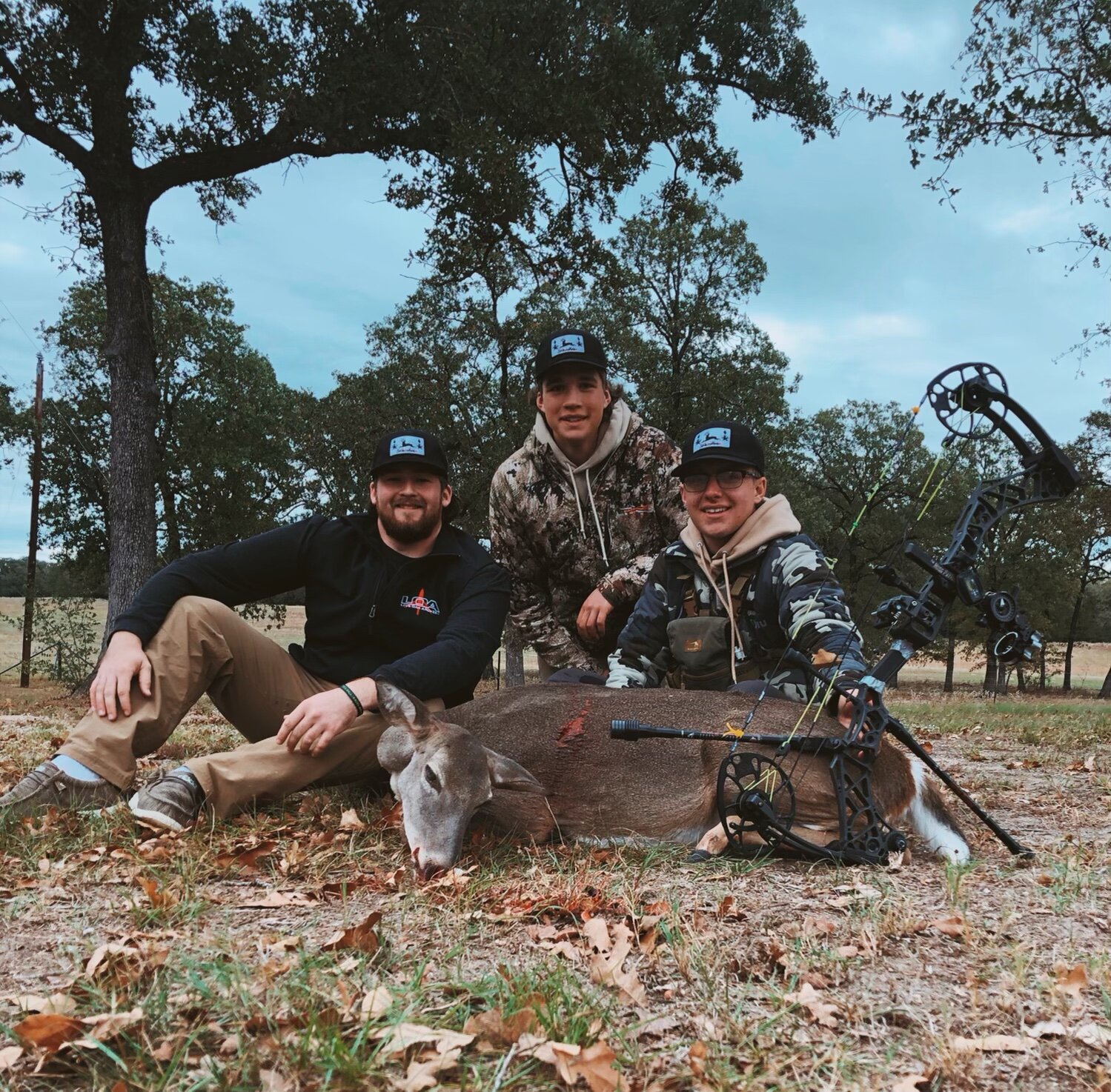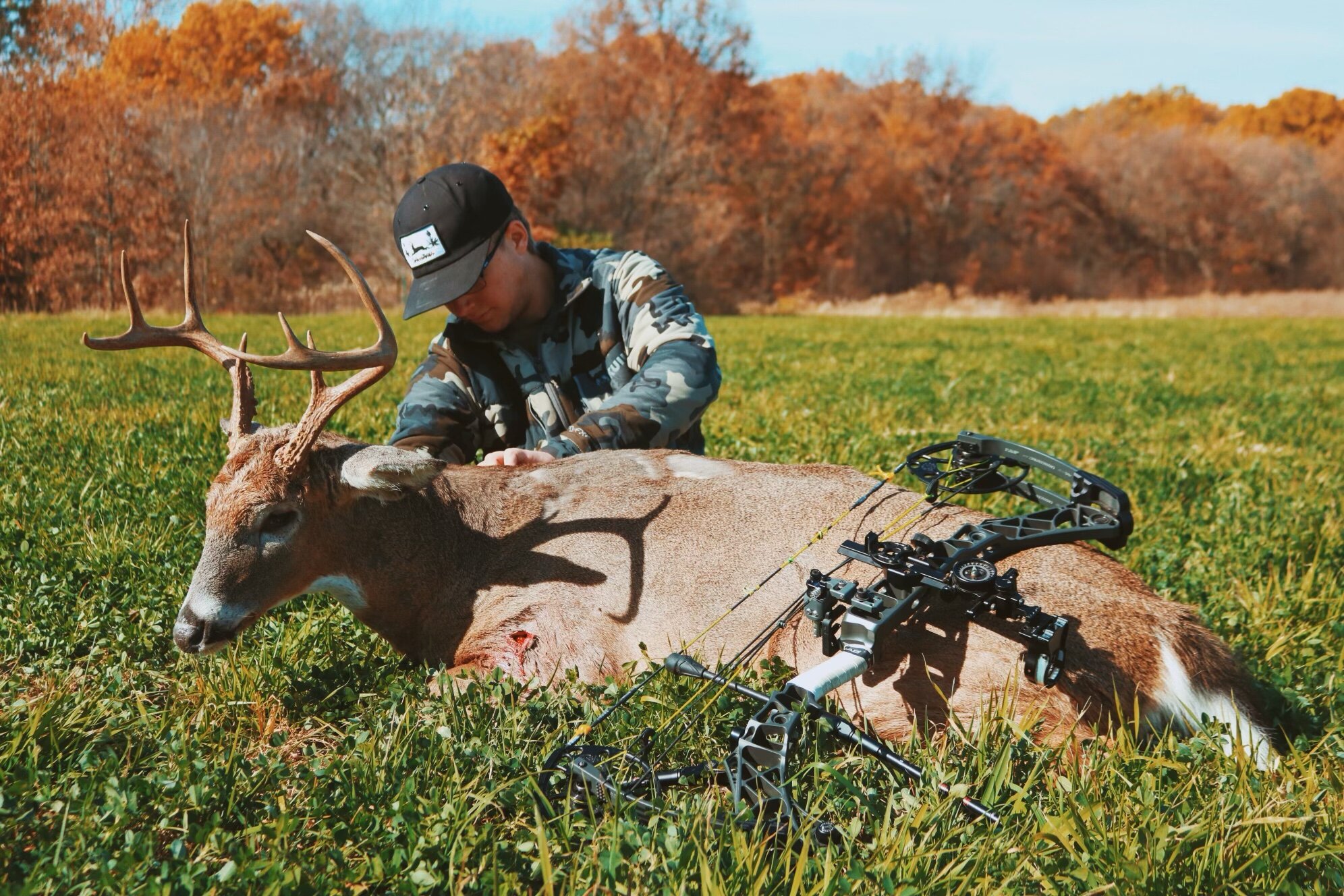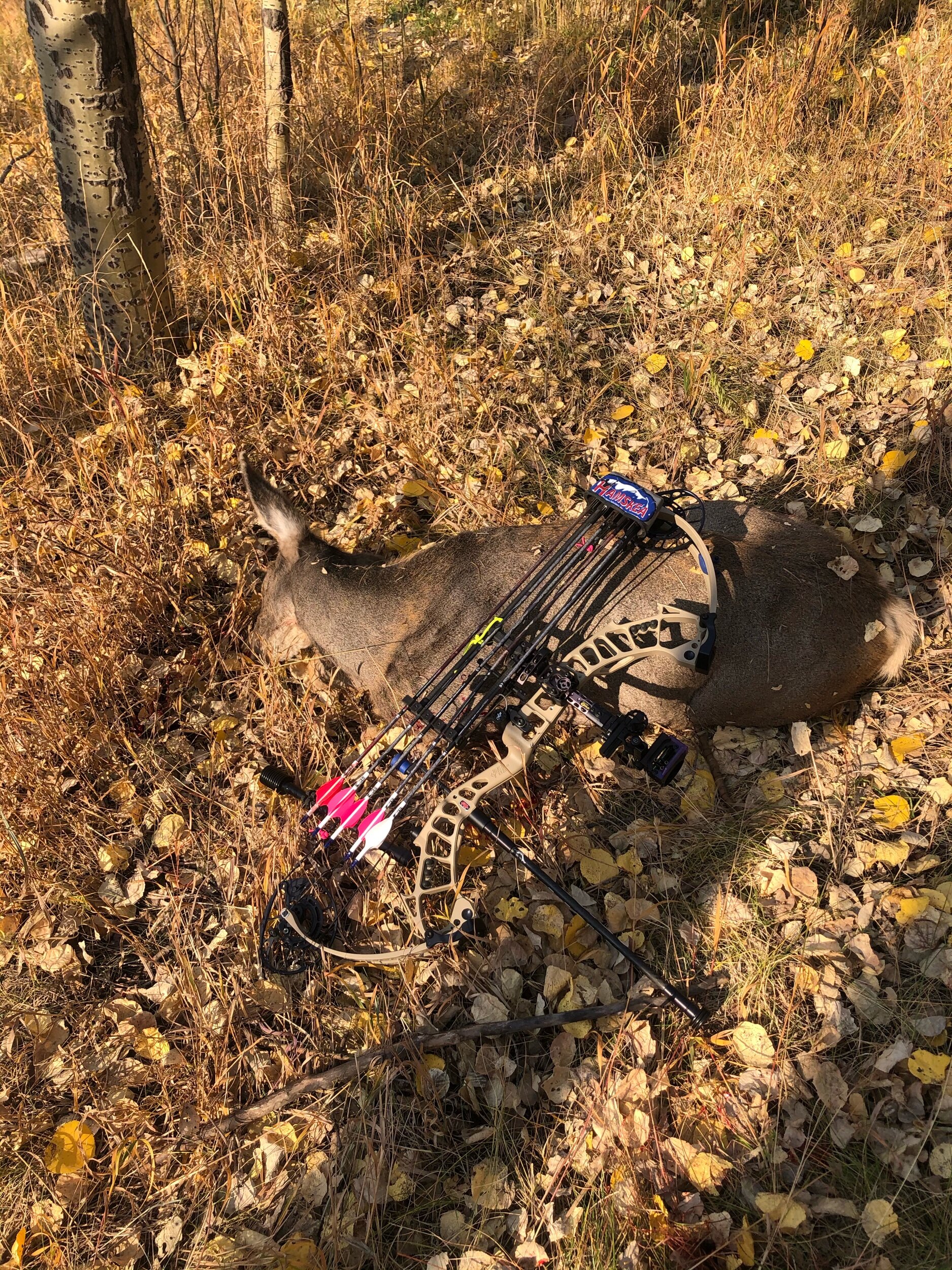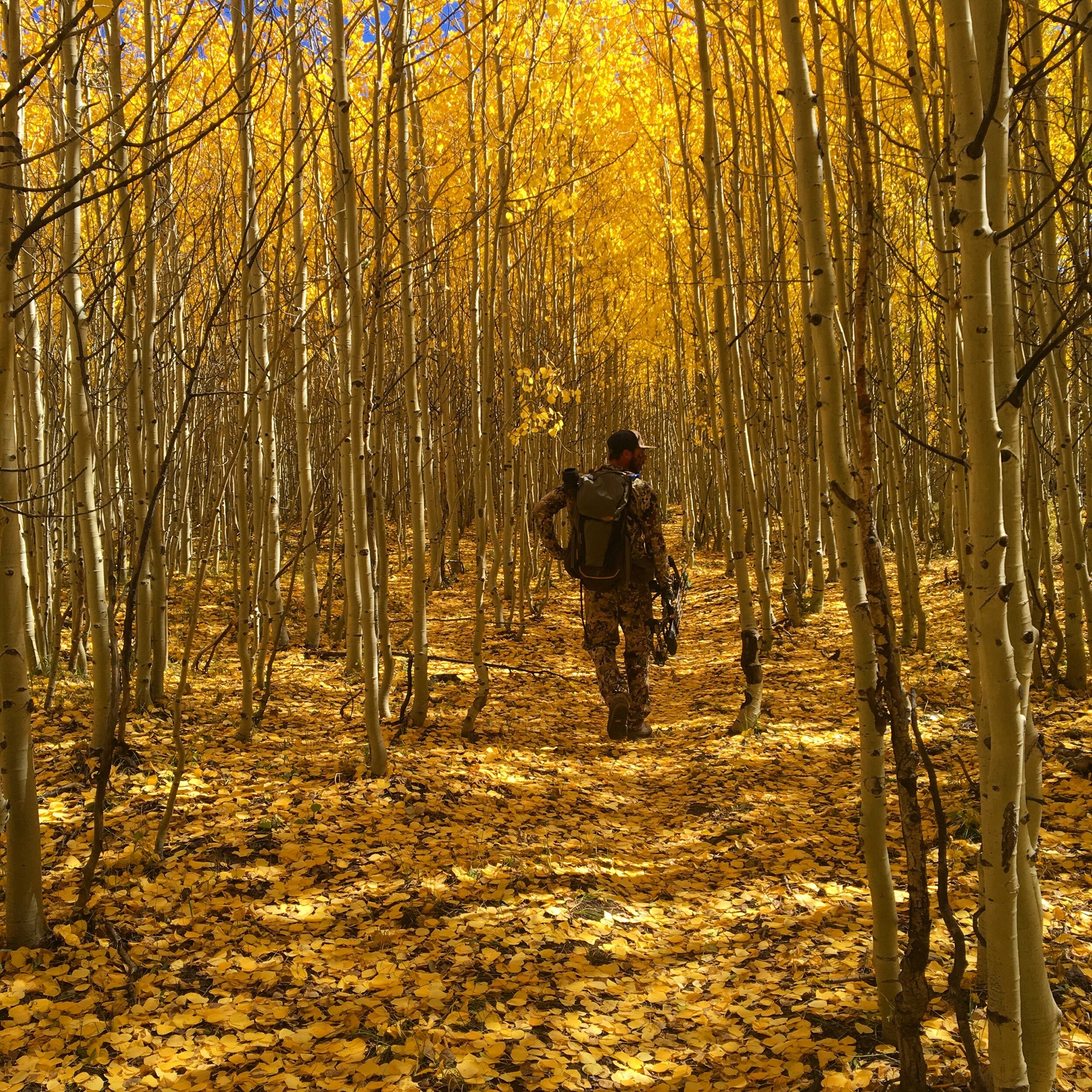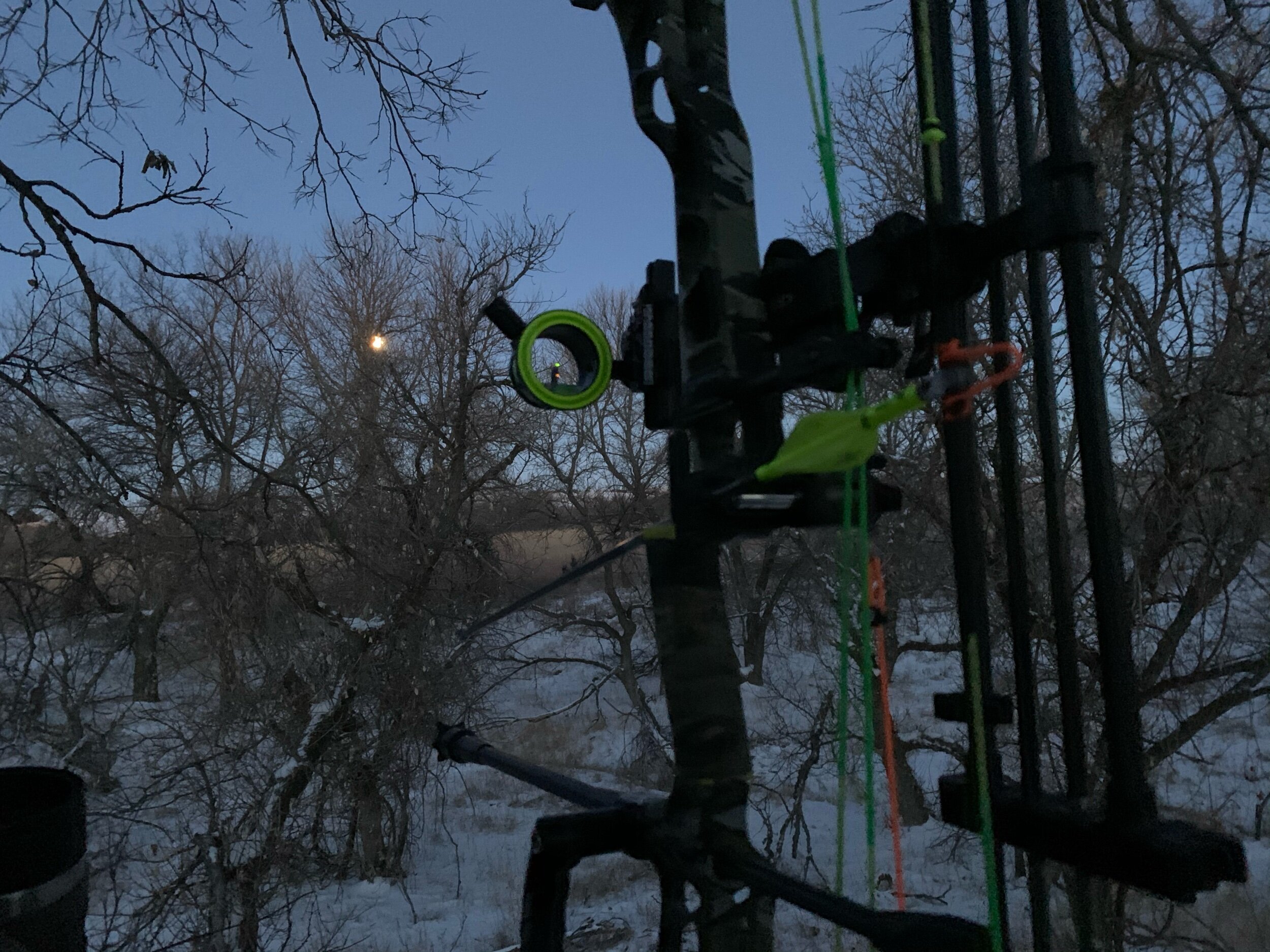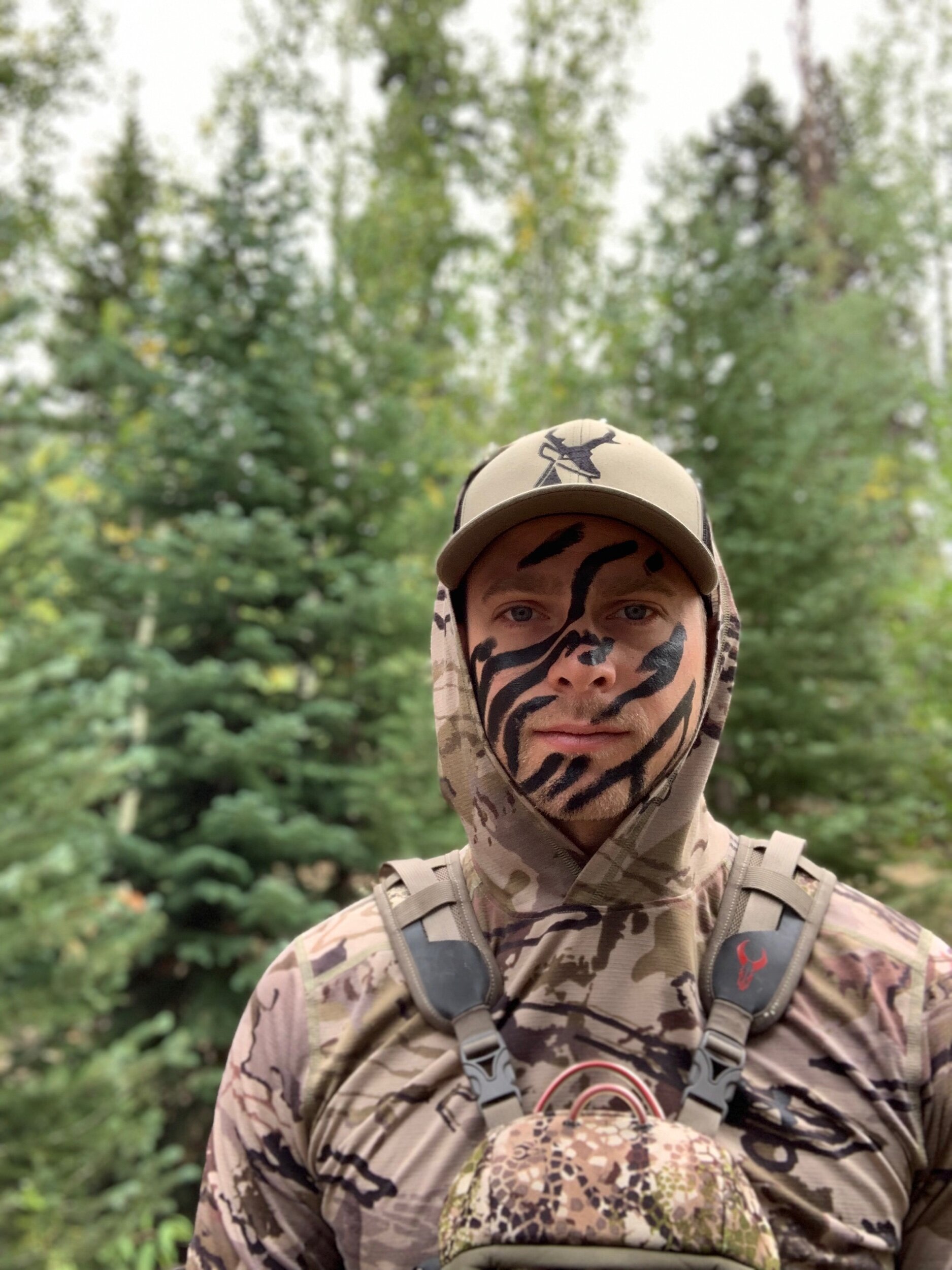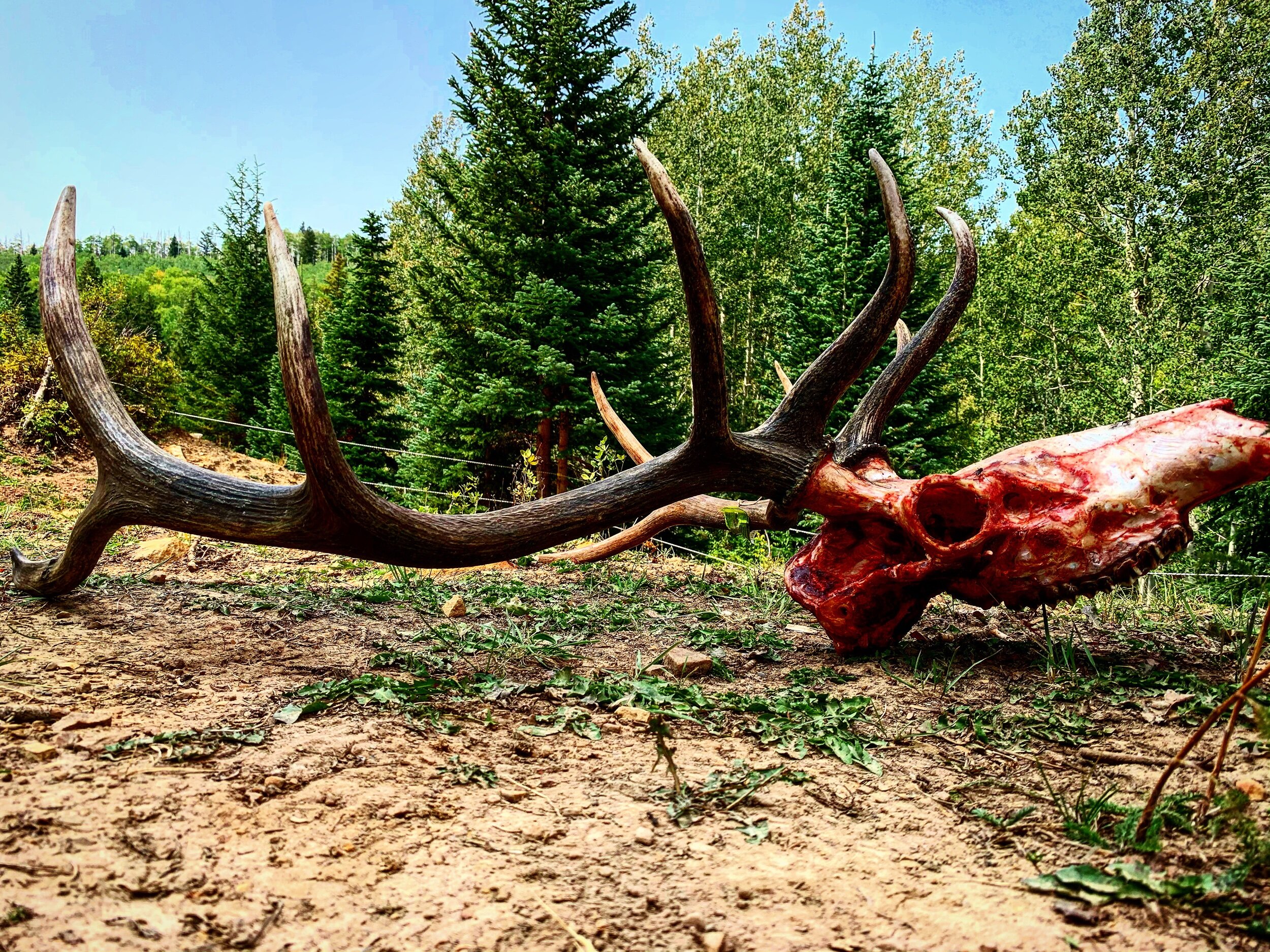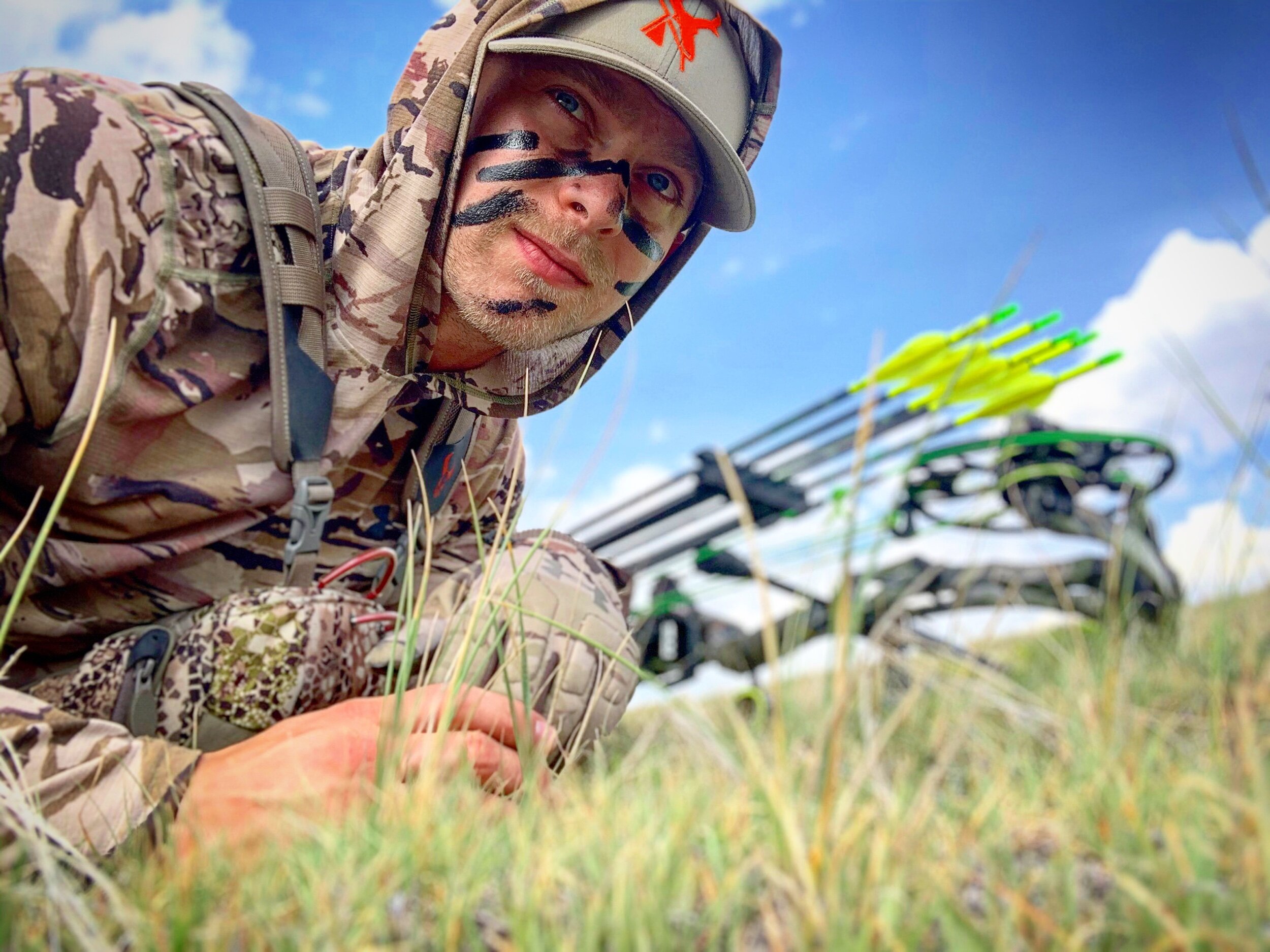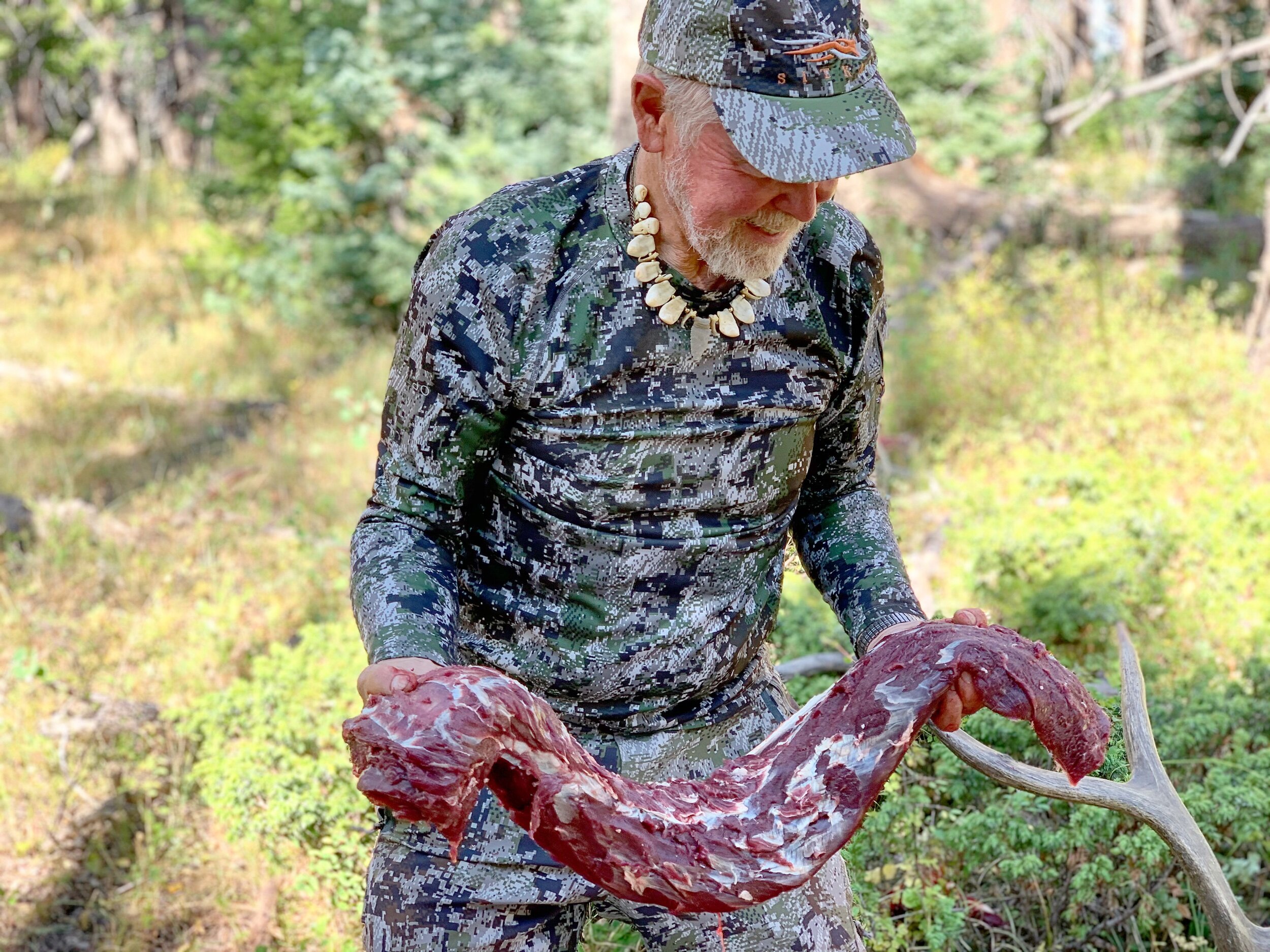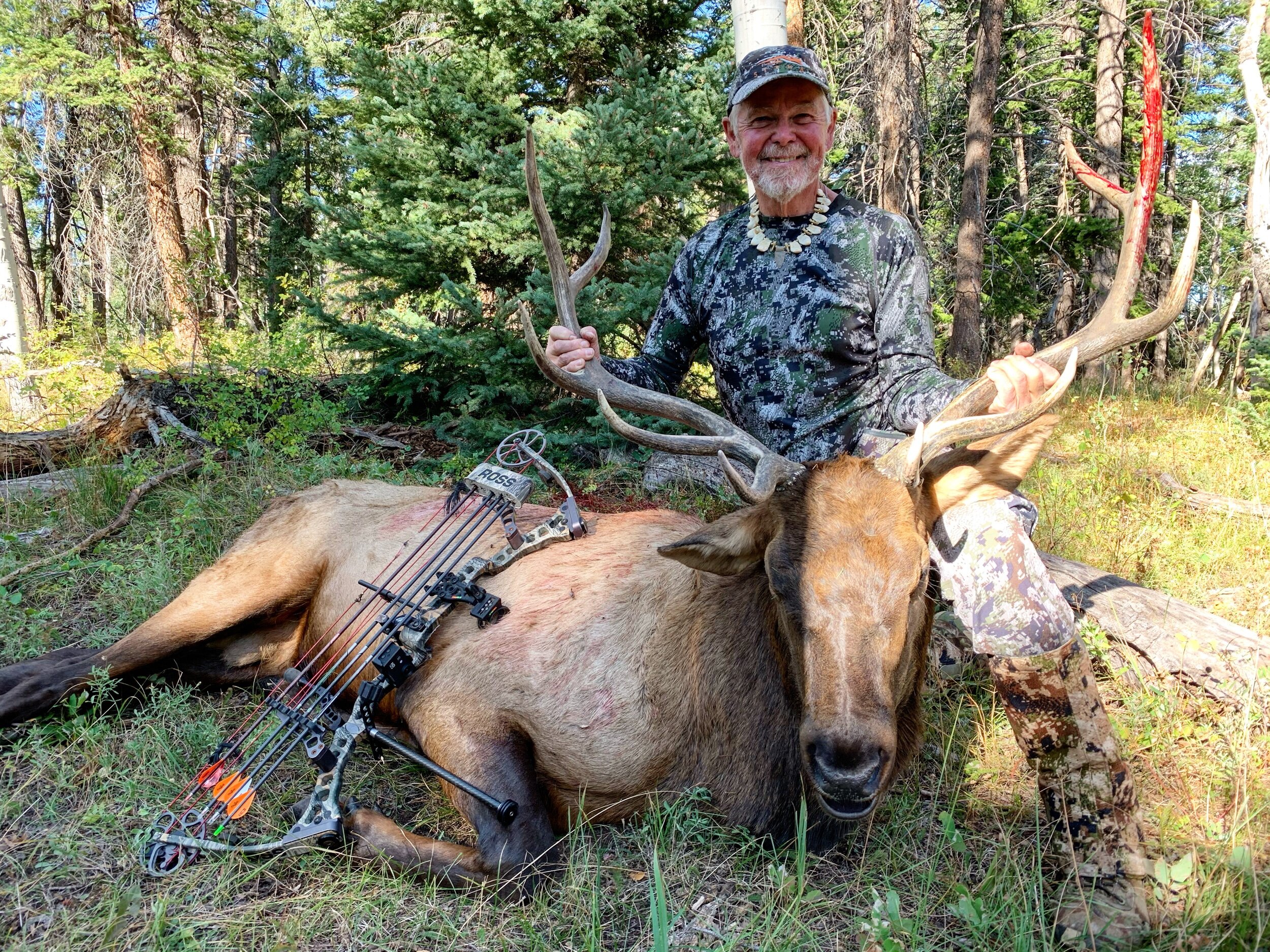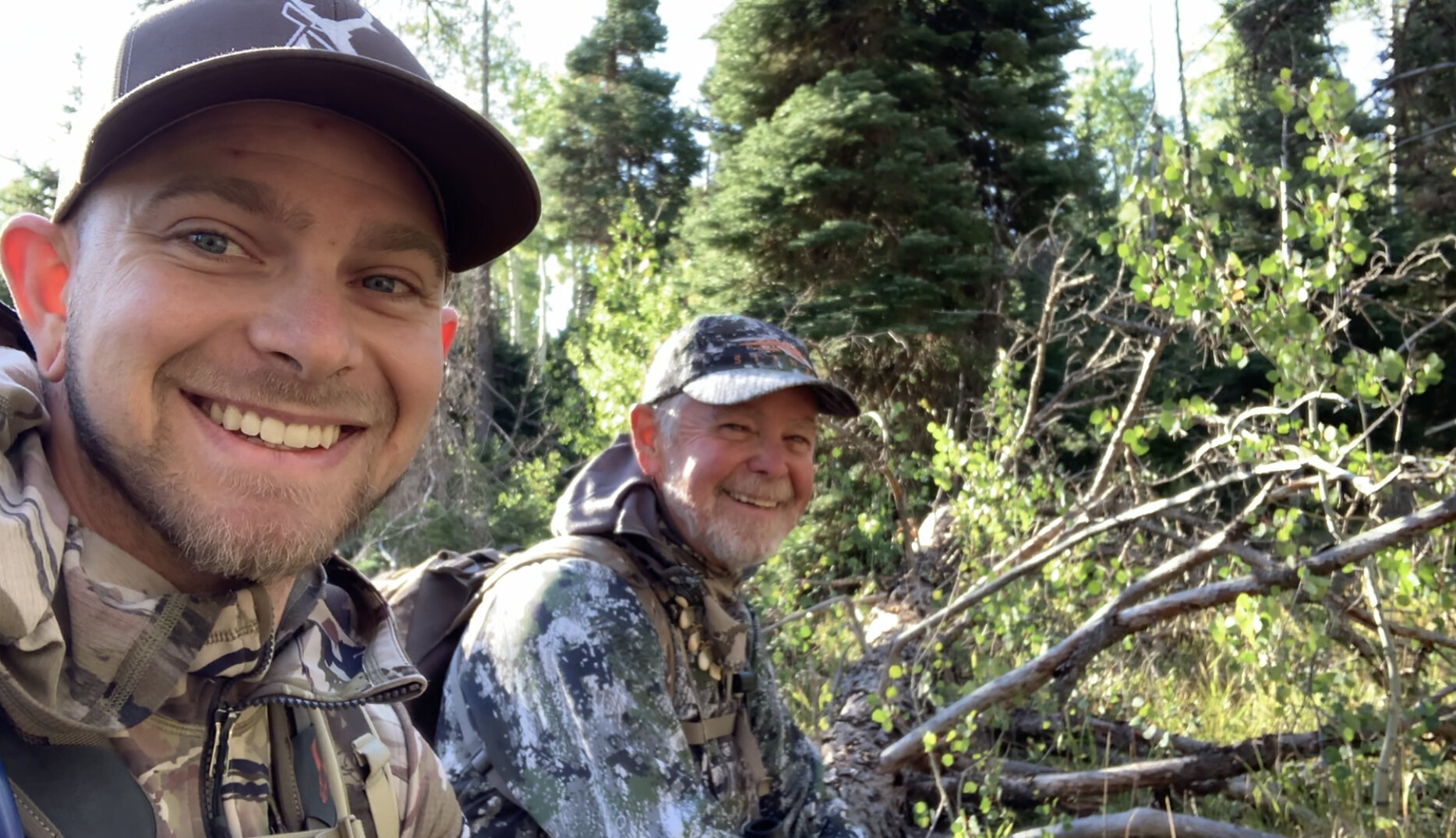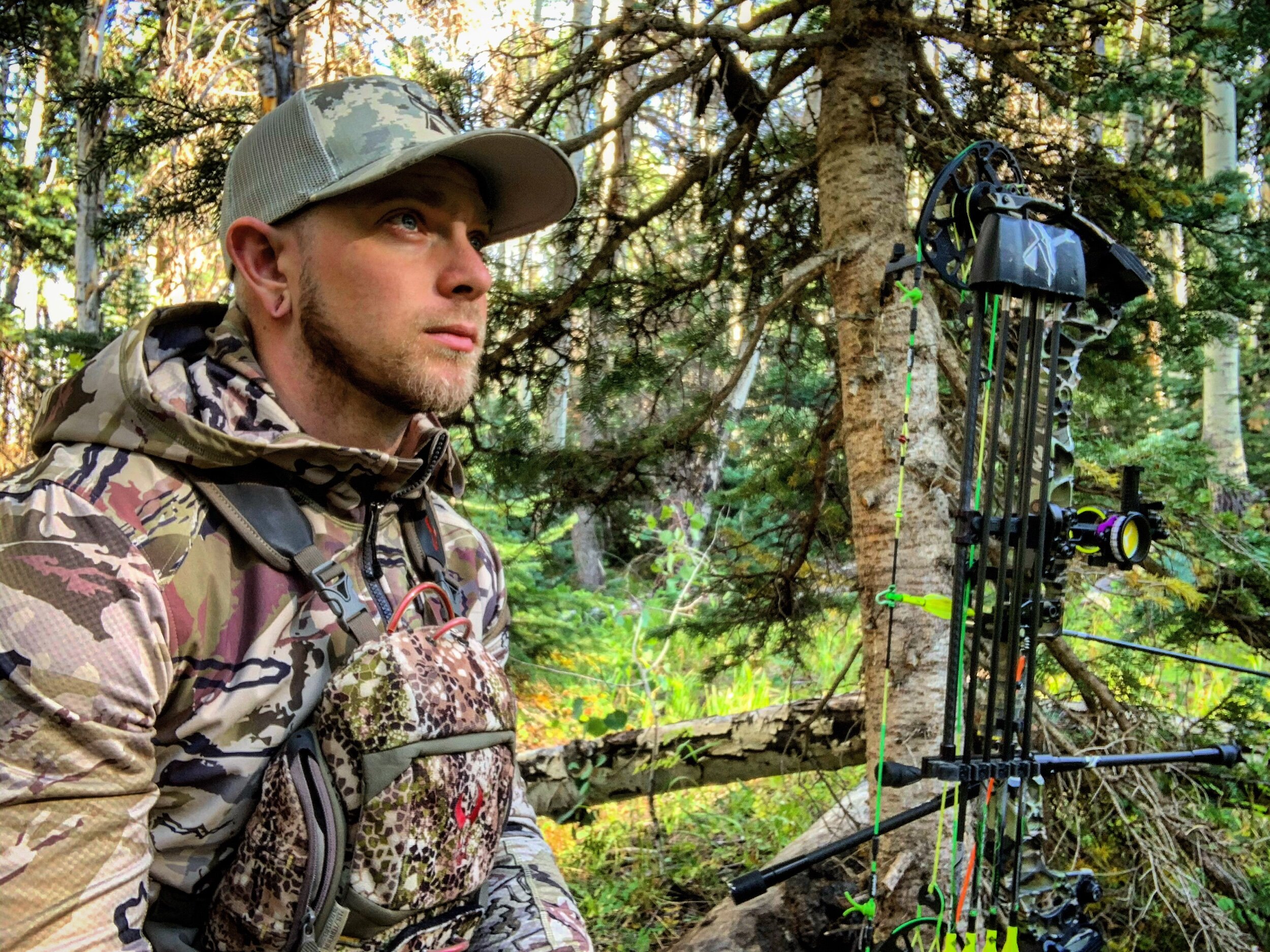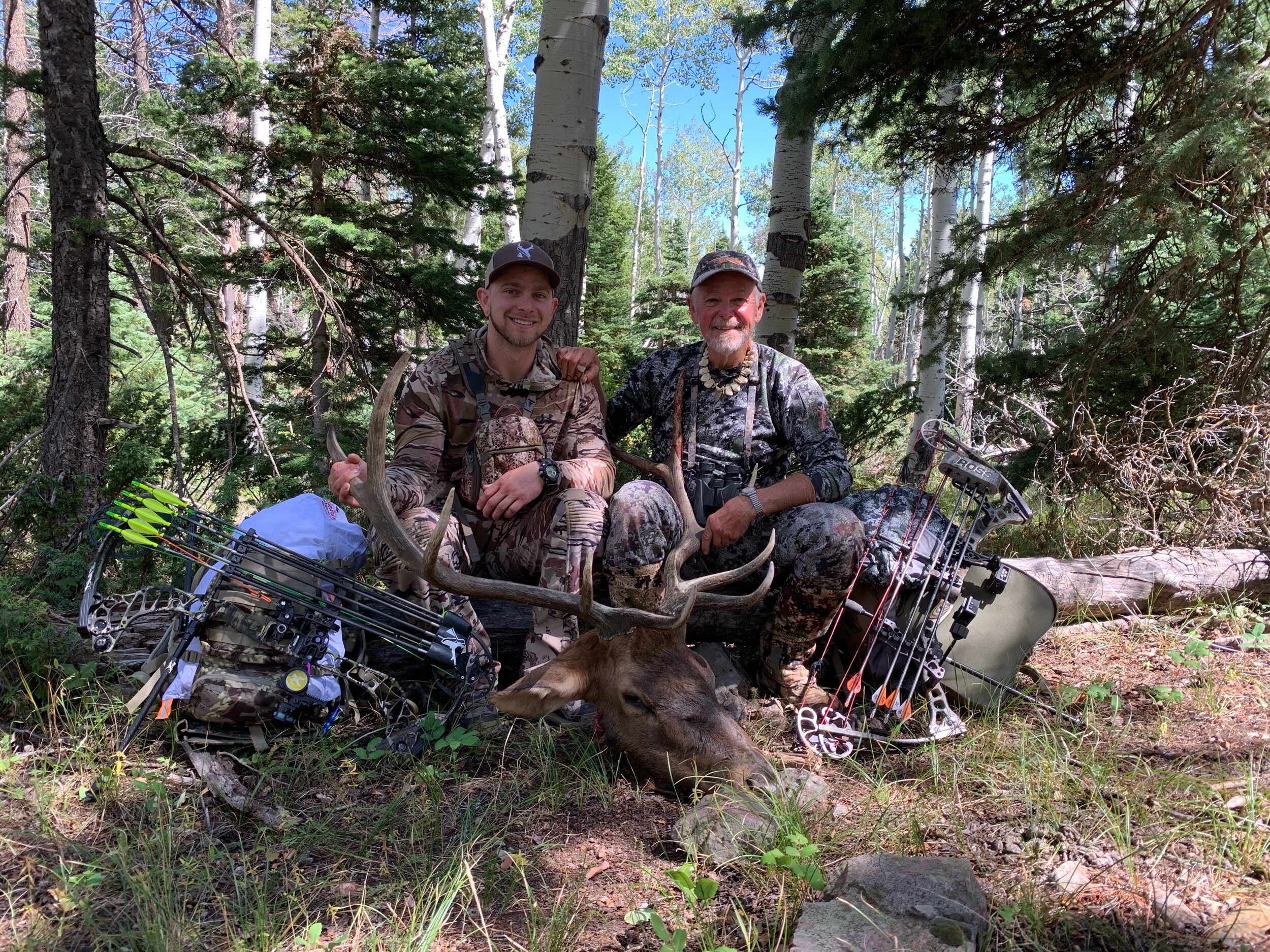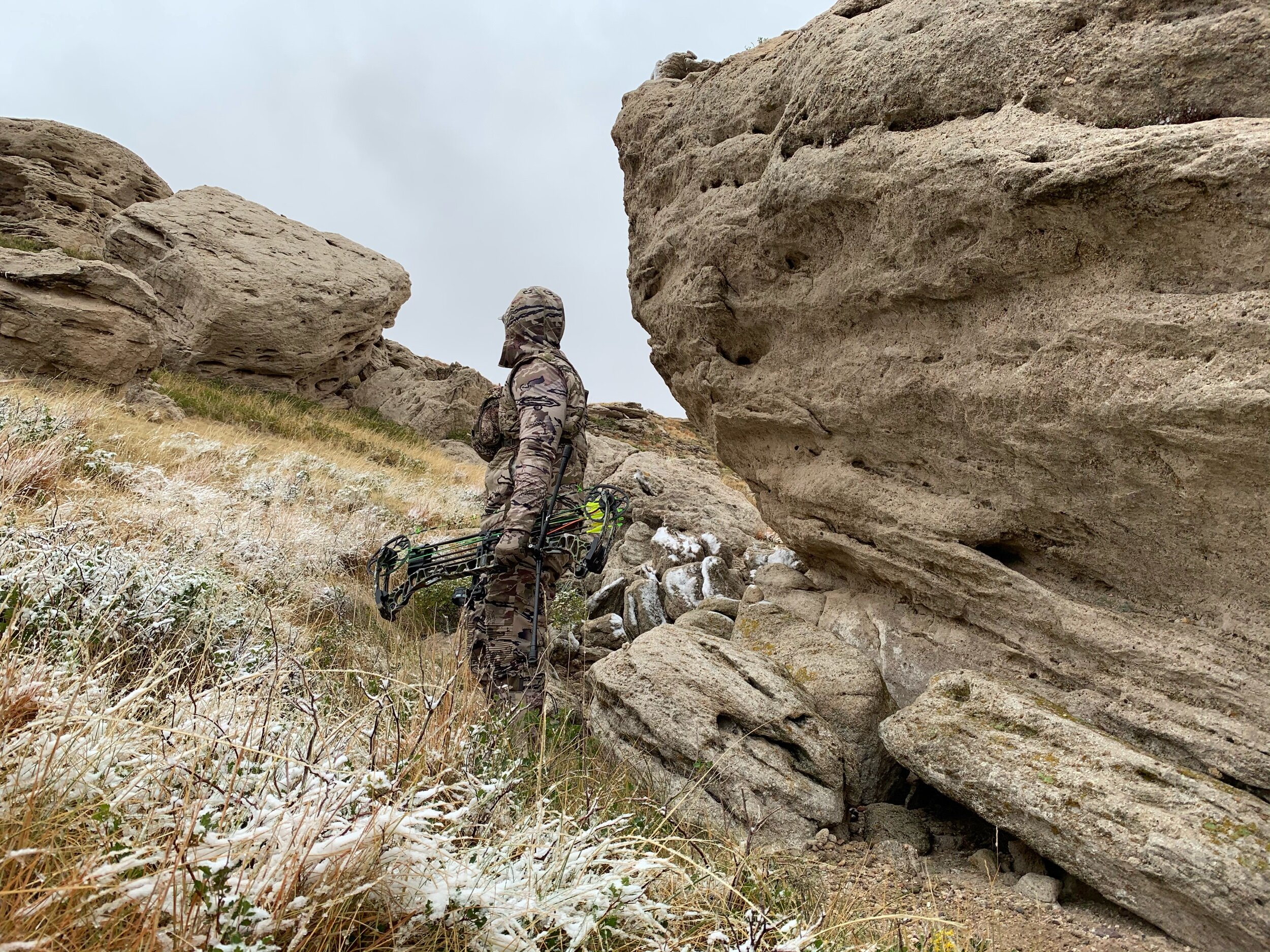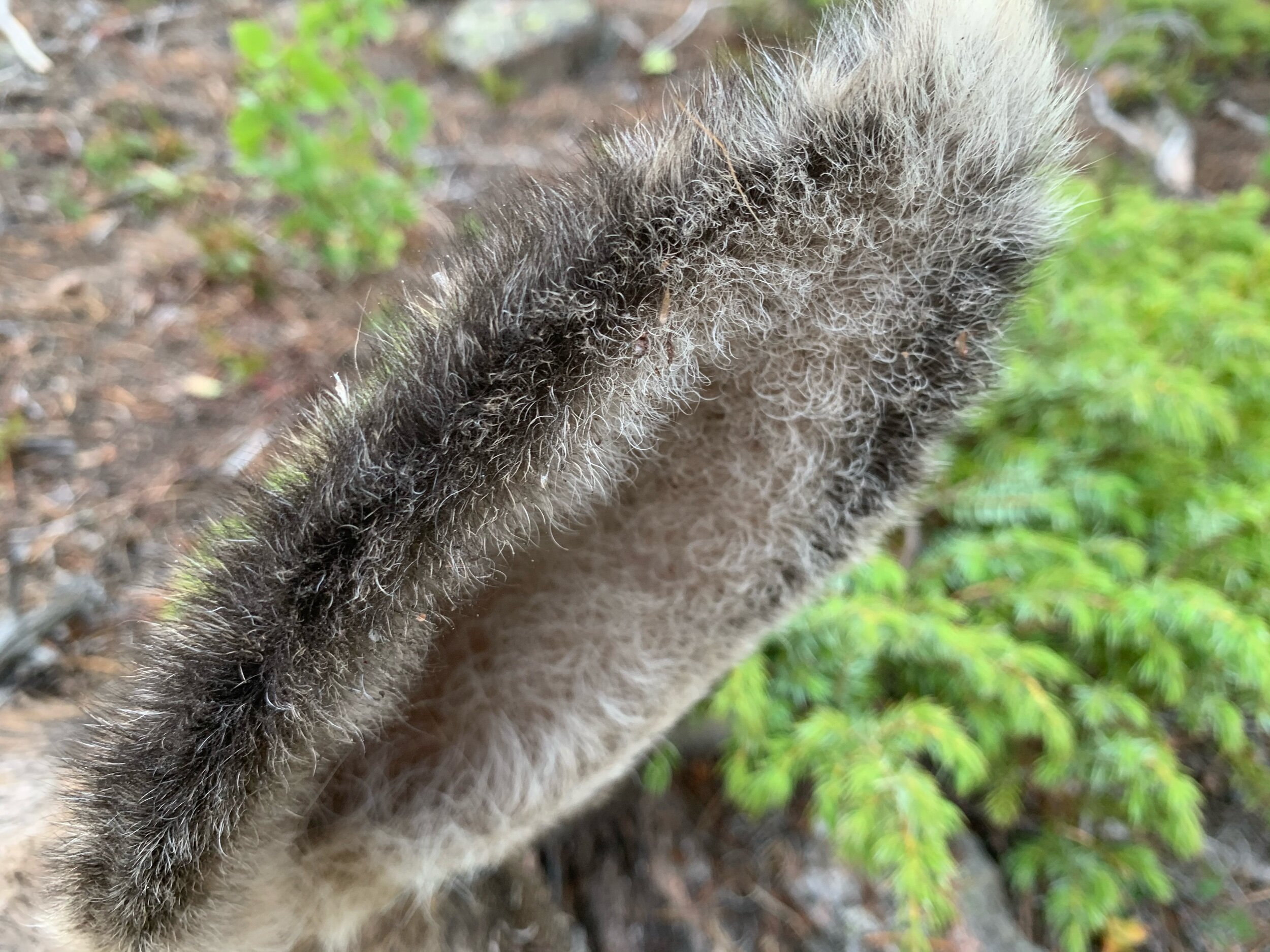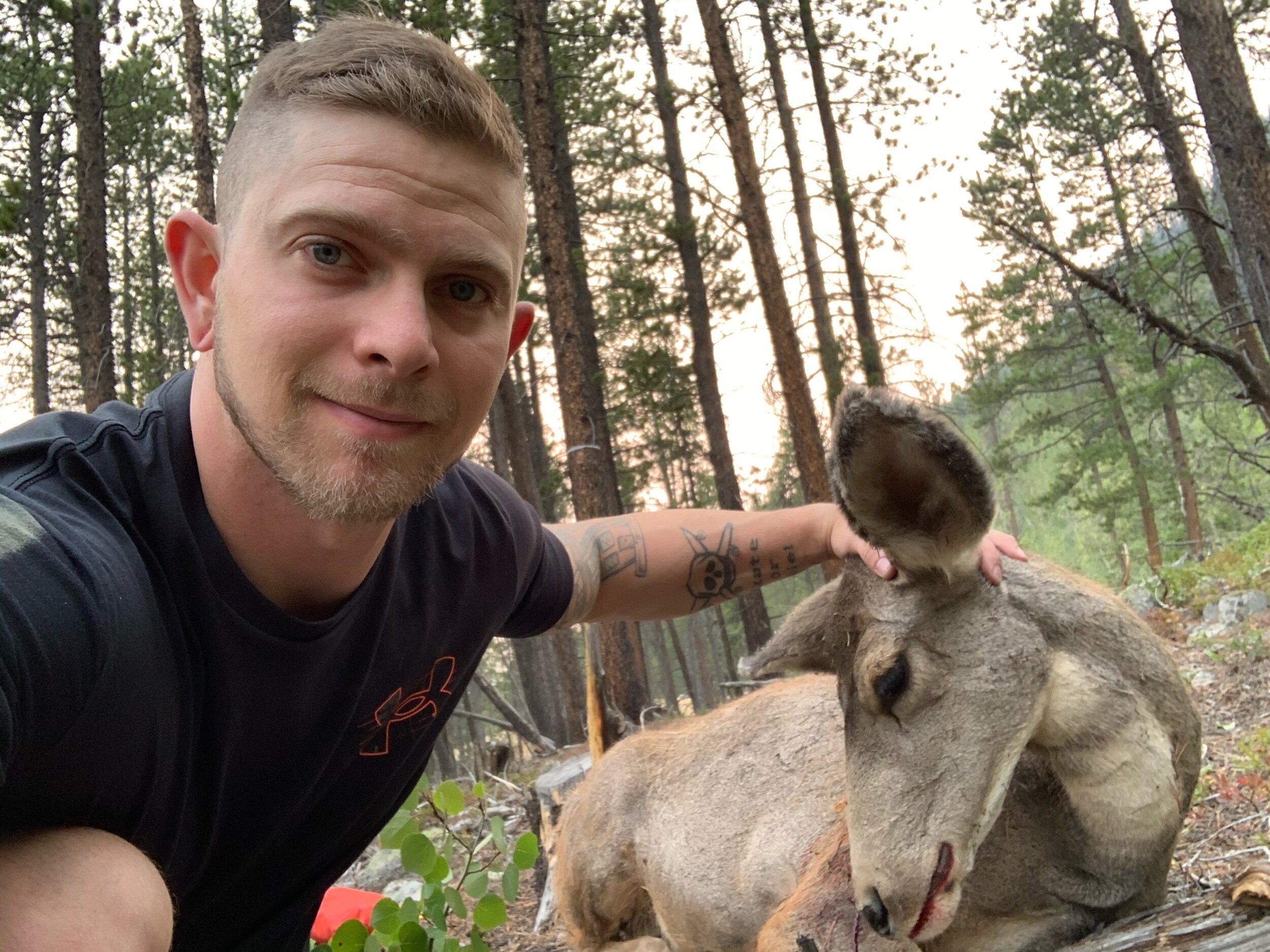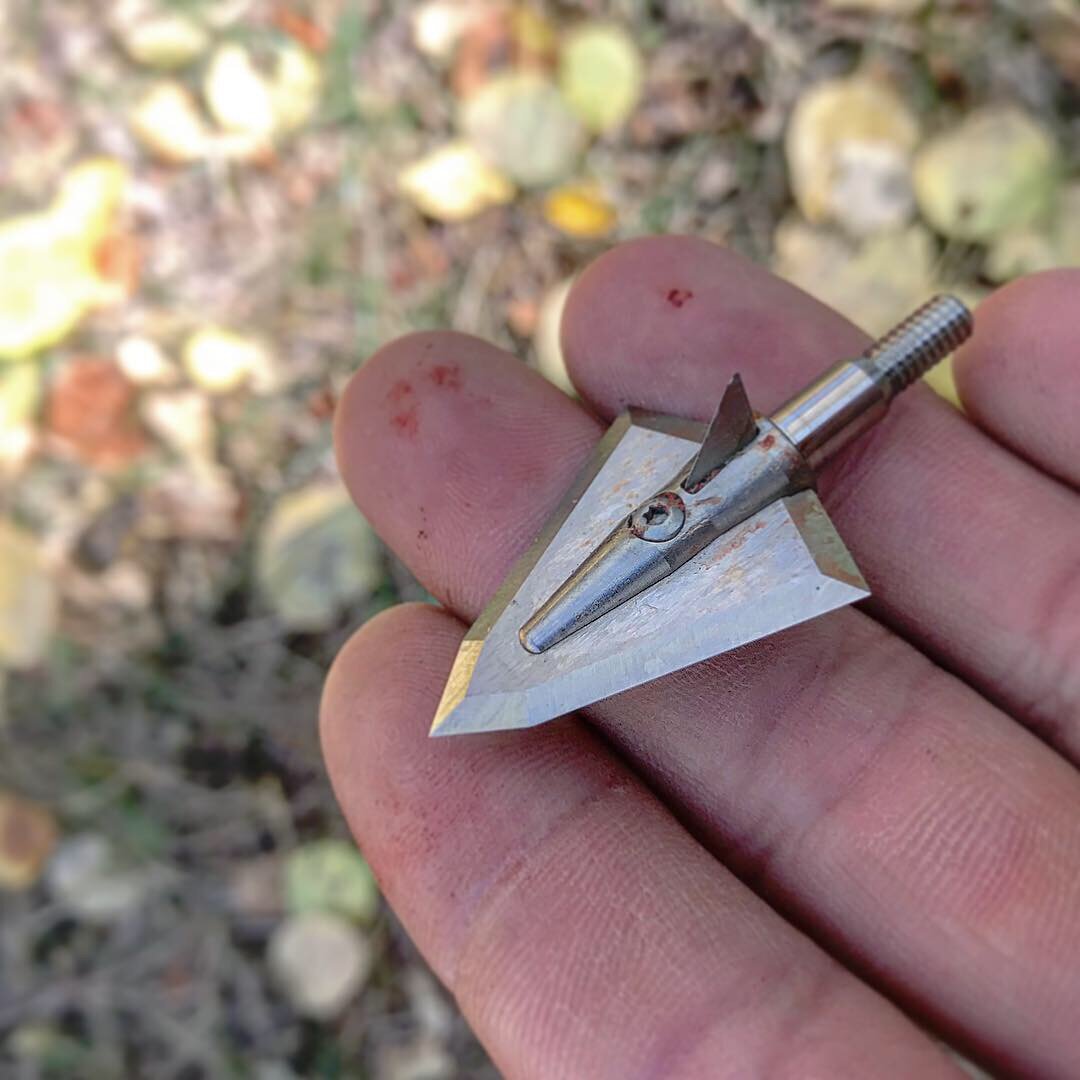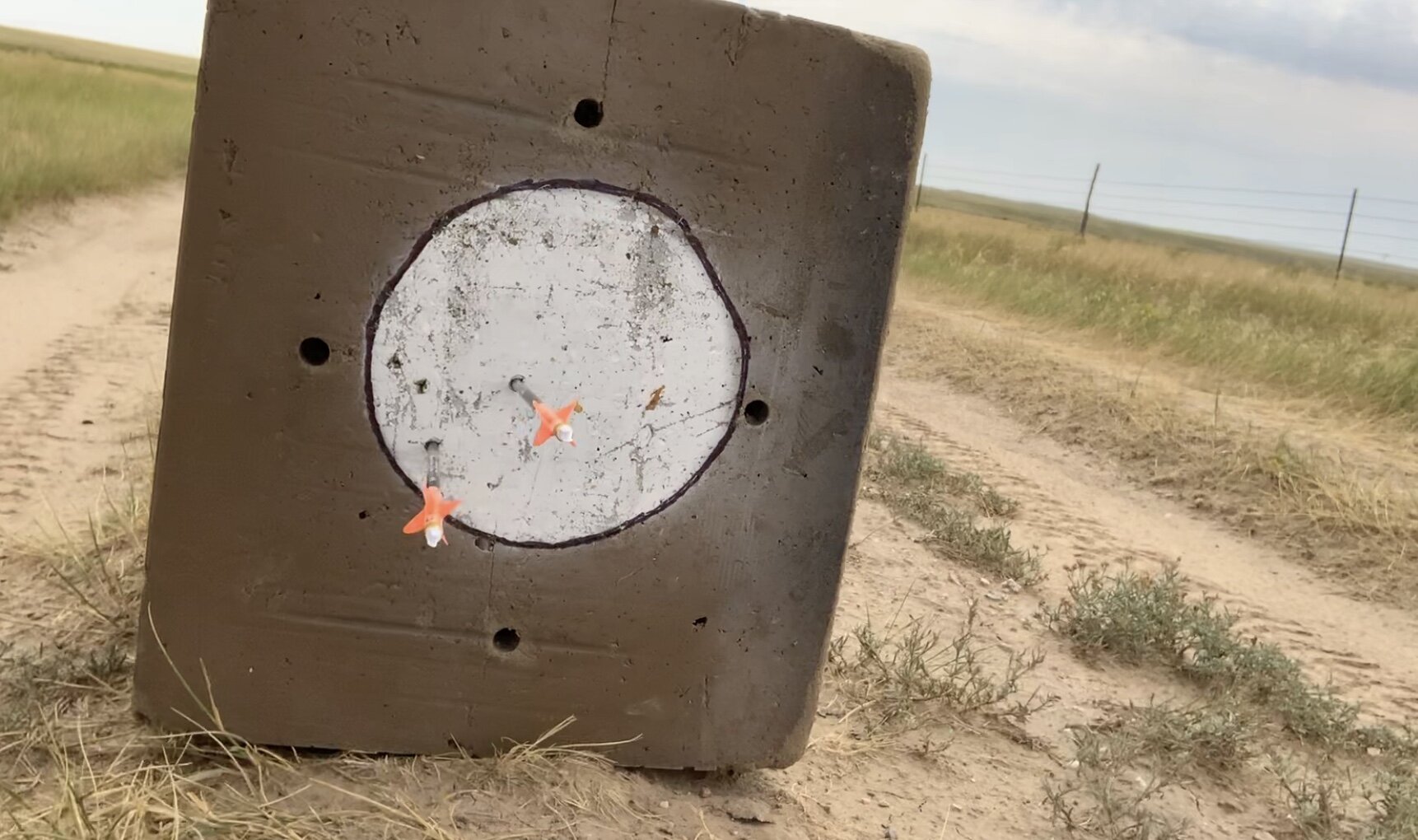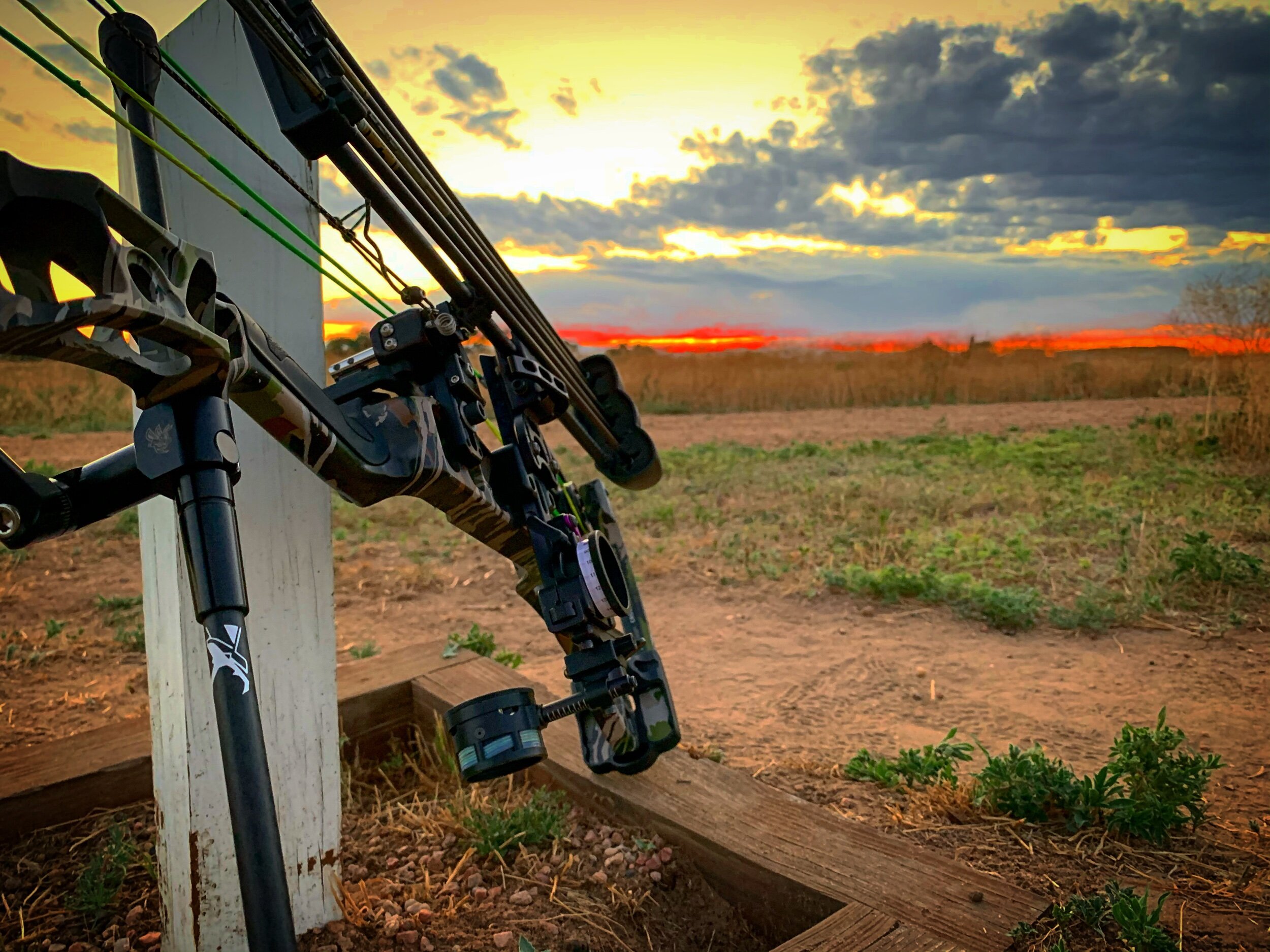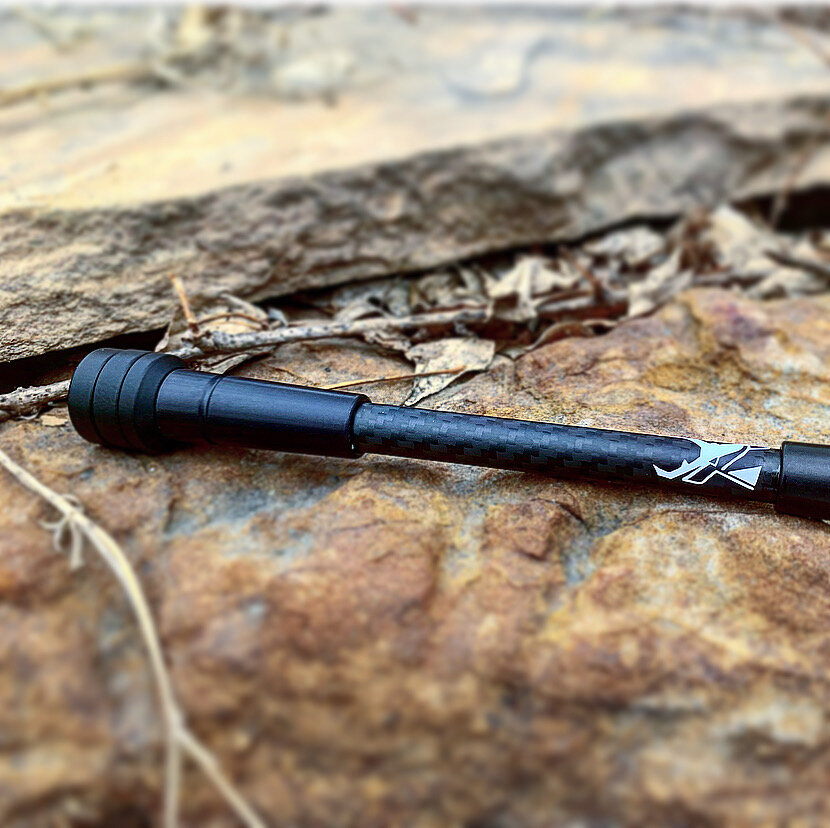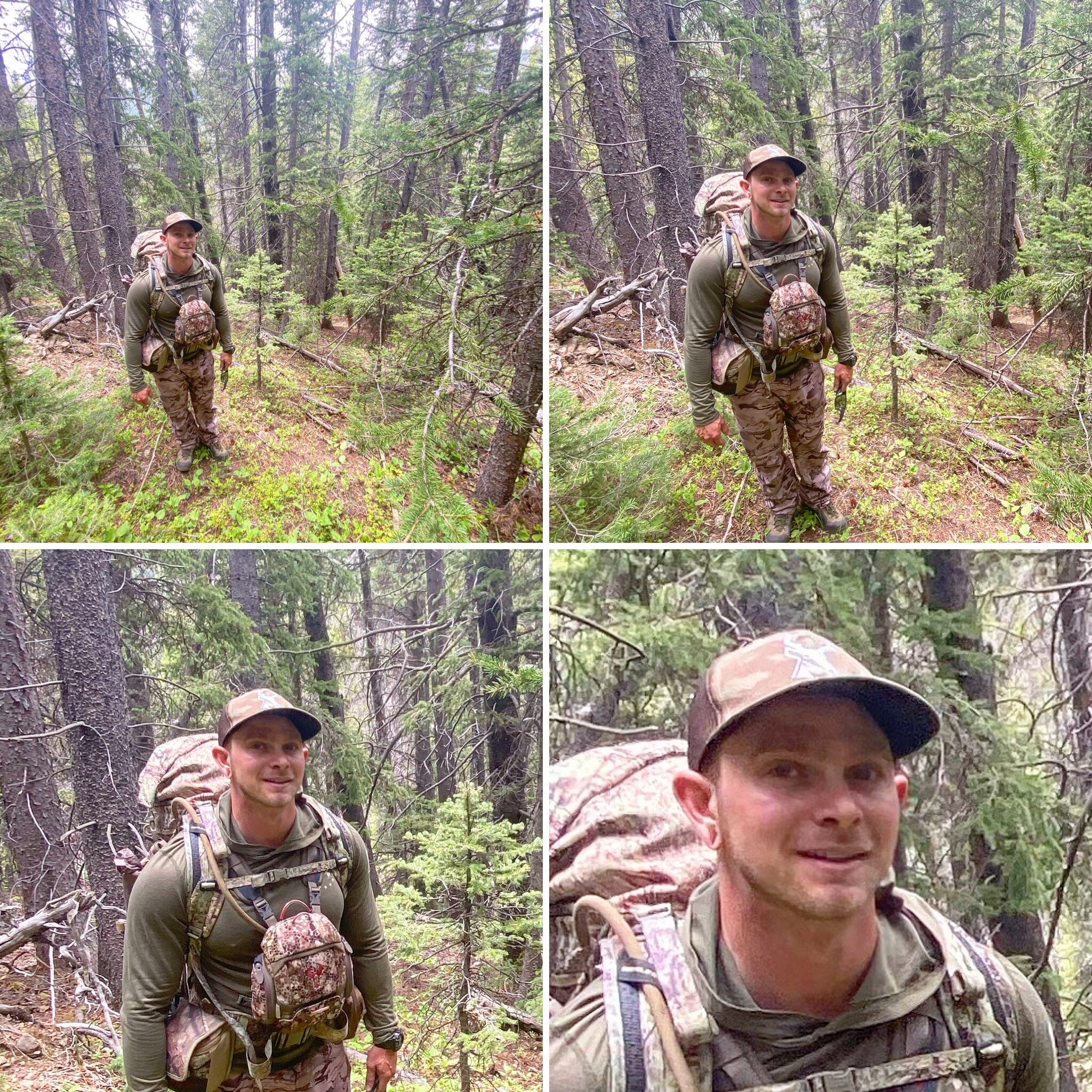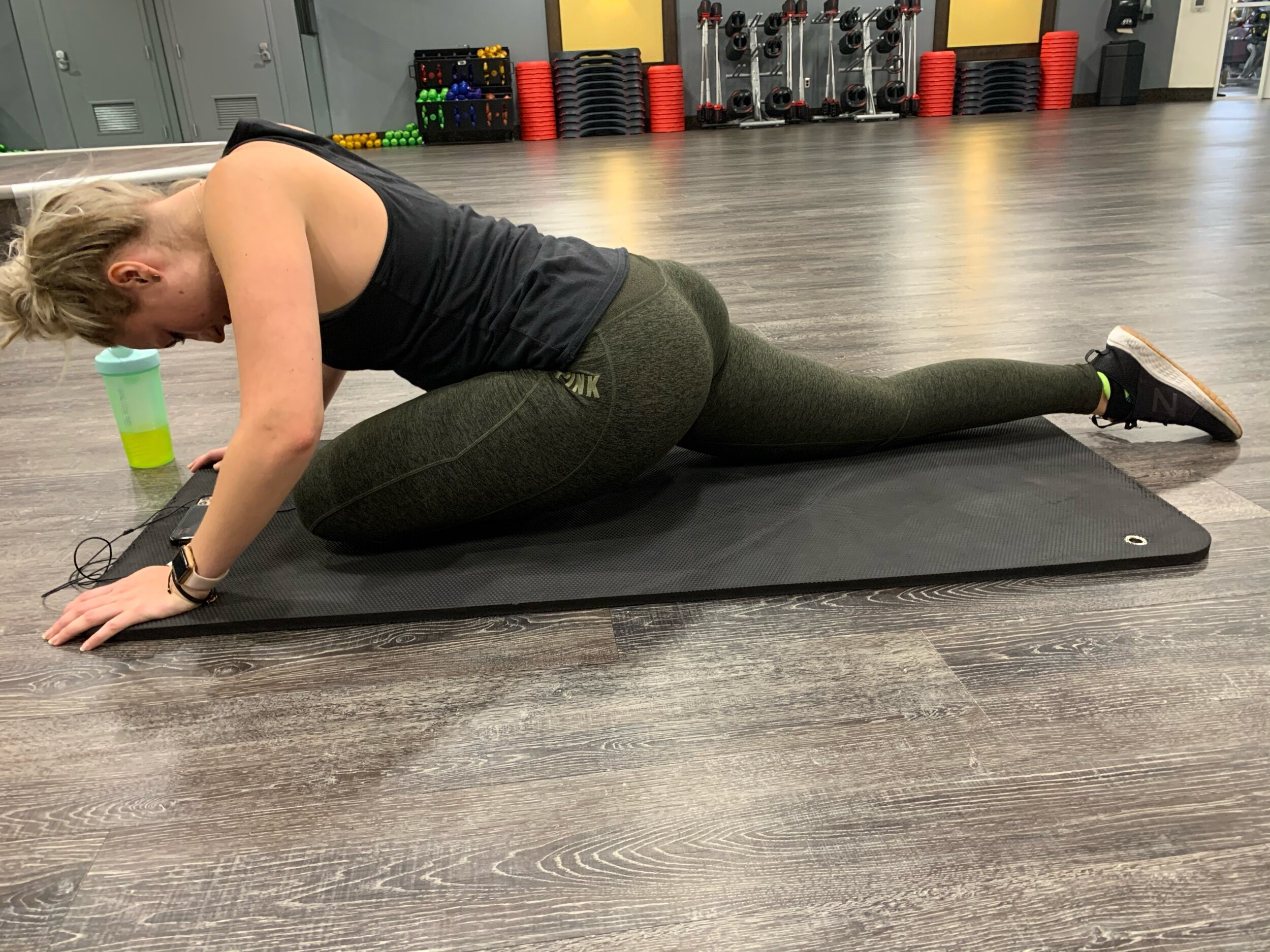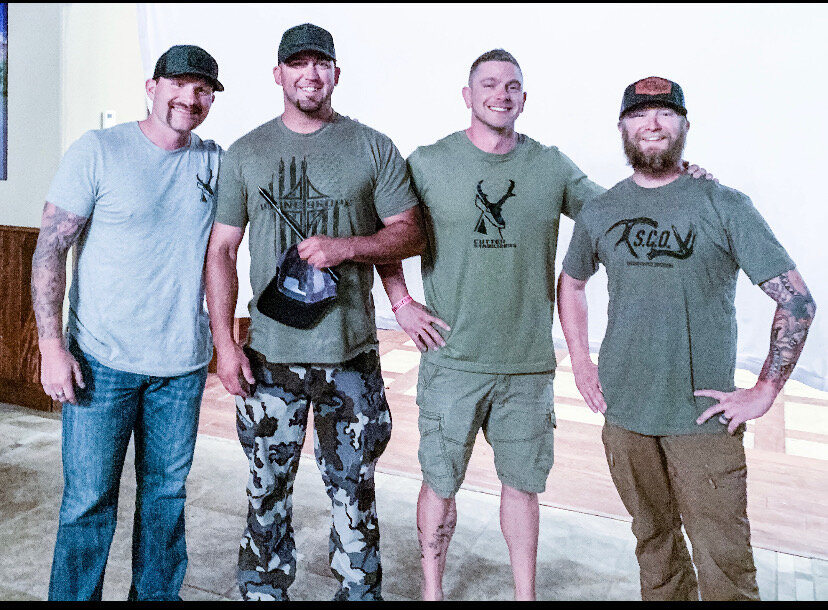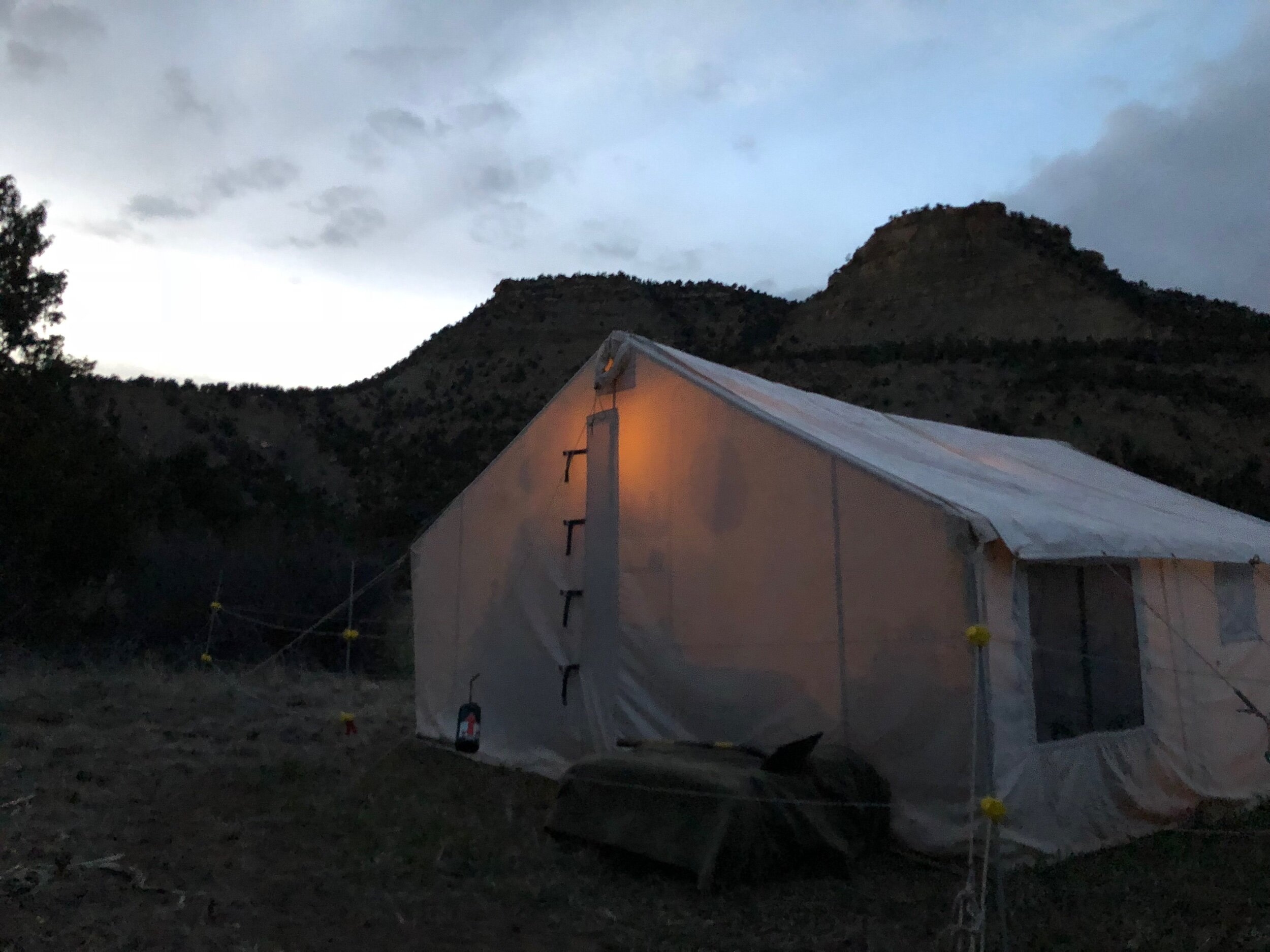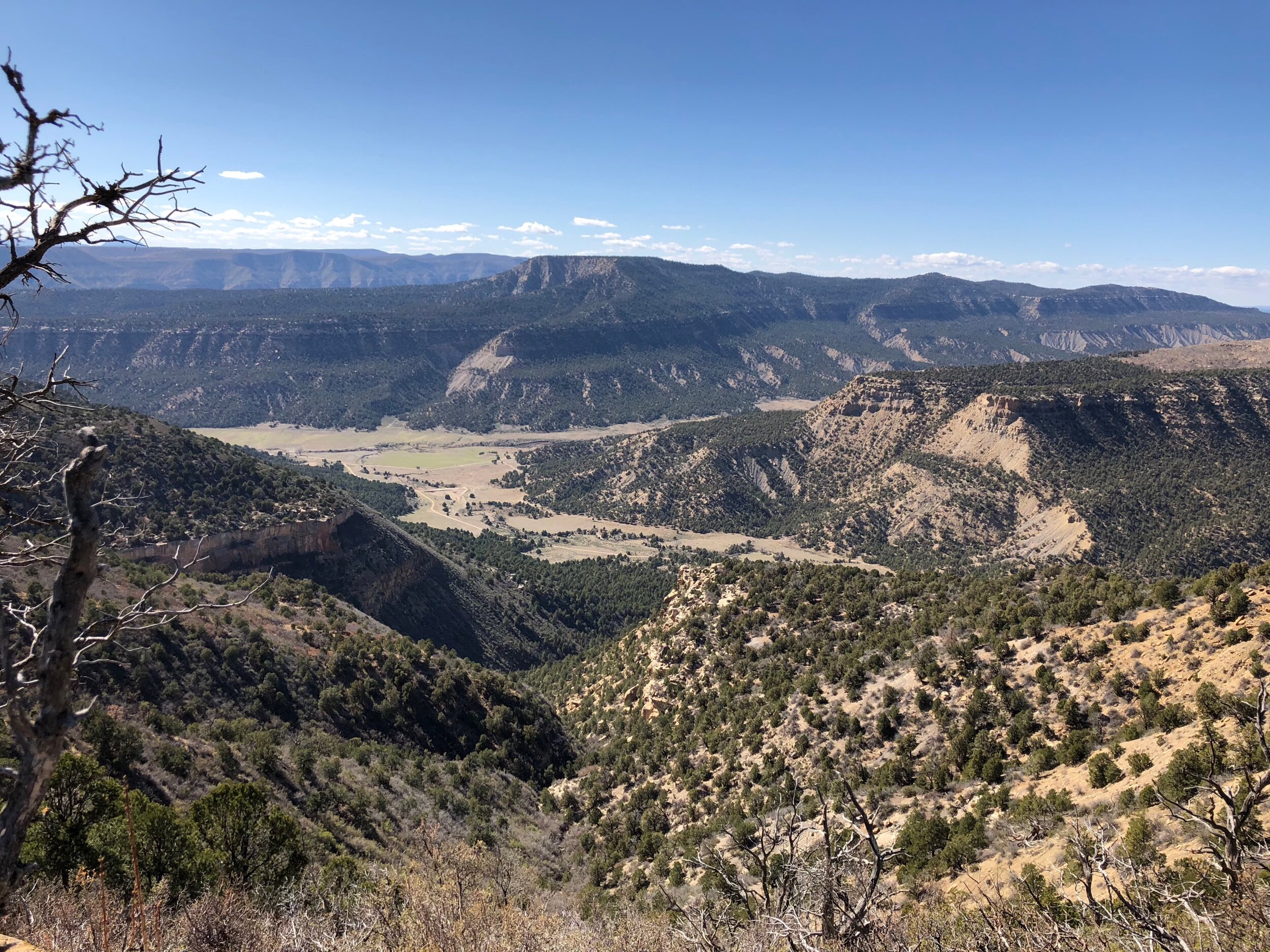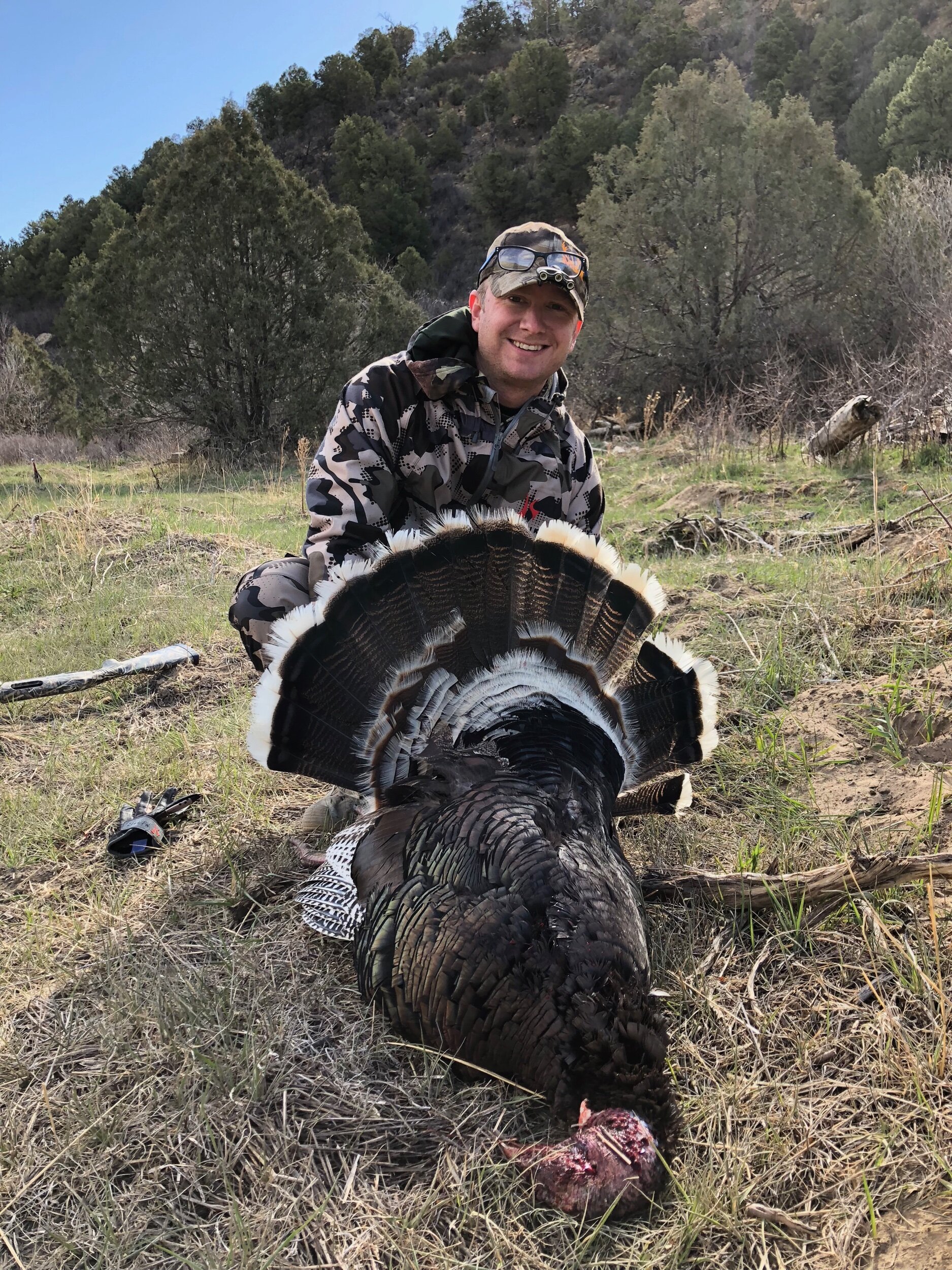Throughout the past several months I have spent very few days in the confines on my home in Denver. Hunting season for me begins in mid August and to this point in mid November I still hold several tags yet to be filled. As I sit here amongst the chaos of totes filled with gear, camo clothes in the dryer, and an explosion of various gear in my man cave, I cannot help but reflect back on the season up to this point. This article will serve as an update and a reminder, enjoy.
August 15th, the morning dawns from the tailgate of my truck. As the grey light illuminates the vast rolling hills of the eastern Colorado prairie, my heart is filled with joy as another hunting season has arrived. An antelope tag in my pocket, a bow leaned up against the truck and my friends by my side bring feelings of joy, anticipation, and gratitude rushing back. The sun’s rays break over the horizon and the golden contrast floods over the expansive country as we gaze through our binoculars. Many days come and go throughout the end of August as opportunities are had, stalks are blown, and memories are made. Out of the sixteen days the season has been open up to this point, I have hunted for eleven. The season has much more to give, but as September arrives so hastily the focus shifts to the high country.
September 1st, I find myself driving to hunt the high country basin I faced off with the giant mule deer from last year in hopes he had made it through the rifle seasons and the harsh Colorado winter. My anticipation was short lived as we receive a call that there are seventeen camps in the basin and surrounding area. At 10pm on the night before the opener, we call an audible. Two and a half hours and almost 200 miles later, we arrive at plan B. As we leave the truck in the darkness, I feel the excitement of entering the unknown. I had hunted this spot once before for a very brief time, but never with the full power of a team of certified killers like I had in tow on this occasion. We traverse upward and crest the rise onto a ridge top. The landscape is overpowering, a burn from two decades ago engulfs the mountains as far as the eye can see. Massive boulders, a sea of down timber, and willow bottoms are sure to be hiding a muley buck or two. After settling into the feet of a boulder, we begin our search through our binoculars. A short ten minutes turns up three bucks, two of which are deer any of the three of us would gladly notch our tag on. We watch them as they work their way towards us on the hillside across the canyon. After two stalks and one arrow in the shoulder, the blood trail dried up. Demoralized is an understatement. The fact is, I had done everything right, the stalk was perfect, the shot broke clean, and the arrow hit behind the pin. Unfortunately for me, the pin was too far forward and the buck would live to tell the story. The feeling of failure is nearly impossible to overcome. Those feelings of excitement and anticipation have been replaced with those of inadequacy and disgust. We hunted a few more days before calling it a season. To add injury to insult, my buddy also shot a buck, in the shoulder, and didn’t recover it. Shortly after the shot he slipped and fell, bruising his ribs and damaging his bow. We went home defeated.
The story still had more adversity in store however. The day after returning from our deer hunt I headed back out for antelope. The plains will always hold a special place in my heart. Abstract beauty is often the most powerful. Once you see it, you will never know it any other way. The first evening back, I find myself at 88 yards of the biggest antelope buck I’ve seen all year. Full draw came and went, and so did the antelope. At some point my sight has gotten bumped and was drastically off, shooting 50 yards back at the truck and being six inches right confirmed my worst fears. At least I had missed the antelope clean. Bowhunting is really, really hard.
At this point, I had lost all confidence in both my abilities and my bow. Time to grab the backup. Returning to the plains, I would not get another shot opportunity. Time to head west to chase Elk with my father. This year, the highlight of the trip was the conversation, the quality time, and the beautiful scenery. Not a single animal was seen in five days of hunting. As the season came to a close, I was left holding three unfilled tags from my home state, two of which absolutely should have been wrapped around a set of antlers. I believe in a plan that is bigger than us, call it religion, call it divine intervention, call it whatever you want. When I see the places we hunt, the sunrises, the animals that inhabit those places, I cannot help but feel small. For a moment in time we are gifted with the opportunity to stand where nobody has ever stood, if only for a moment. The places we are hunting out west are powerful, unforgiving, and vast, however as long as we are willing to slow down and soak it all it, they are where our most cherished memories will be forged. I doubt I could tell you what I had for breakfast last Monday, but I damn sure could tell you every single detail of every wild encounter I experienced this season.
For the past two months I have spent most of my time in a blind or tree stand. But that is another story in itself. Stay tuned for that. As we continue through this marathon of hunting season, express gratitude, not only for the places we can go, but for the people who allow us to go there. My family, friends, and loved ones allow me to travel to these places, to take time away, and to enrich my soul with these grand adventures every single year and for them I am eternally grateful. I am also undeniably grateful to you, our customers. Without your support, without your passion for archery and the outdoors, this would all be for not. I ask you one simple thing, when you are out there, take a moment to reflect on just how lucky you are to be in that moment, no matter how bad the hunting might be, because at the end of the day, you will always remember the time spent out there.
